As bathroom space design pays more attention to beauty and practicality, bathroom mirror with led light has become a popular choice for many families when renovating or remodelling. It not only provides sufficient and soft lighting, but is also often equipped with intelligent functions such as defogger, dimming, and sensing. However, many consumers will encounter a practical problem before purchasing: the power connection method of the LED mirror. Should I choose hardwired or plug-in?
This is not a simple "right or wrong" question, but a choice closely related to the usage scenario, installation conditions and personal preferences. To help you make the most informed decision, this article will conduct an in-depth analysis from multiple angles, including installation convenience, safety, aesthetics, and functional expansion.
1. What is hardwired and plug-in?
When purchasing an LED mirror, it is essential to understand the basic concepts of the two power supply methods:
Ø Hardwired: Connect the power cord of the LED mirror directly to the wall wiring system. The power supply is typically located in the wall and requires professional installation by an electrician.
Ø Plug-in: Equipped with a standard power plug, it can be used by plugging into an existing socket. The installation process is straightforward and does not require wall modifications.
The functions of the two are roughly the same, but there are significant differences in the installation method and user experience.
2. From the perspective of consumers: comparison of various factors
1) Installation convenience
The advantage of a plug-in is that it is plug-and-play, requiring no professional knowledge. As long as there is a socket on the wall, it can be installed. It is suitable for temporary decoration or rental housing, does not damage the wall, and is quick to install.
In contrast, hard wiring is neater, but it requires cutting off the power supply, wiring, and sealing the wall. It usually must be completed by professional electricians. It is suitable for users who are renovating or are willing to invest more in the installation budget.
2) Appearance and aesthetics
If you pursue a minimalist and neat bathroom style, hard wiring is the first choice. It can completely conceal the wires in the wall, without any plugs or cables exposed to the outside, which results in a more coordinated and unified appearance.
A plug-in may need to expose a section of wire, especially when the socket is located far away from the mirror, which can visually appear messy. Although wire troughs or wire boxes can improve the appearance, the overall aesthetics are still slightly inferior.
3) Safety and durability
In terms of safety, both methods can be used safely as long as they meet basic installation standards. However, in a humid bathroom environment, hardwiring exposes fewer wires and plugs and has lower potential risks.
For plug-in types, ensure the socket is kept away from water sources and use a socket with a waterproof cover. At the same time, if the plug or cable is of poor quality, problems such as ageing and loosening may occur after long-term use.
3. Brief comparison table
|
Criteria |
Hardwired |
Plug-in |
|
Installation |
Requires electrician, permanent |
DIY-friendly, quick setup |
|
Aesthetics |
Clean, no visible wires |
May have exposed cable or plug |
|
Safety |
Less exposure in wet zones |
Needs safe outlet placement |
|
Feature Compatibility |
Compatible with wall switches |
Limited to built-in mirror controls |
|
Flexibility |
Fixed installation |
Portable, easier to relocate |
|
Best For |
Renovated/permanent setups |
Rentals or temporary installations |

4. Purchase suggestions: How to make a choice based on your needs?
When facing the question of "hardwired vs plug-in", the most important thing is not to choose which one is "more advanced", but to choose which one is more in line with the actual situation and future planning of your bathroom. Here are some practical suggestions:
² Are you renovating your bathroom? It is recommended to choose hardwiring, which takes into account both aesthetics and long-term use needs.
² Renting a house? Plug-in is more flexible and will not damage the original structure.
² Pursuing a straightforward design? Hardwiring can achieve a clean and tidy appearance.
² Limited budget? Plug-in installation cost is low and more suitable for quick installation.
² Should we control the LED mirror with the leading light? Hardwiring supports wall switch linkage, and the control is more centralised.
² Do you need to change the location? Plug-in mirrors can be taken away with the mirror when moving.
5. Conclusion
The power connection method of the LED bathroom mirror may seem like a minor technical detail. Still, it has a direct impact on the product's user experience, spatial aesthetics, and the convenience of long-term maintenance. After understanding the respective characteristics of hard-wiring and plug-in, consumers can make a convenient and wise choice based on their own space conditions and usage habits.
Although the initial investment in hard-wiring installation is relatively high, due to its neat line layout and higher safety, it is more suitable for users who prioritise the overall design and durability of the bathroom in the long run. The flexibility and convenient installation of plug-ins are ideal for situations where rapid renovation or rental of houses is required. There is no absolute advantage or disadvantage between the two. The key is to assess your specific needs.
Additionally, before purchasing, consider the availability and cost of professional installation services to ensure the installation meets safety regulations. A reasonable selection of power connection methods can not only improve the service life and functional performance of LED bathroom mirrors but also bring a more comfortable and secure experience to daily life. Creating a well-designed link is a crucial step that cannot be overlooked in creating an ideal bathroom space.

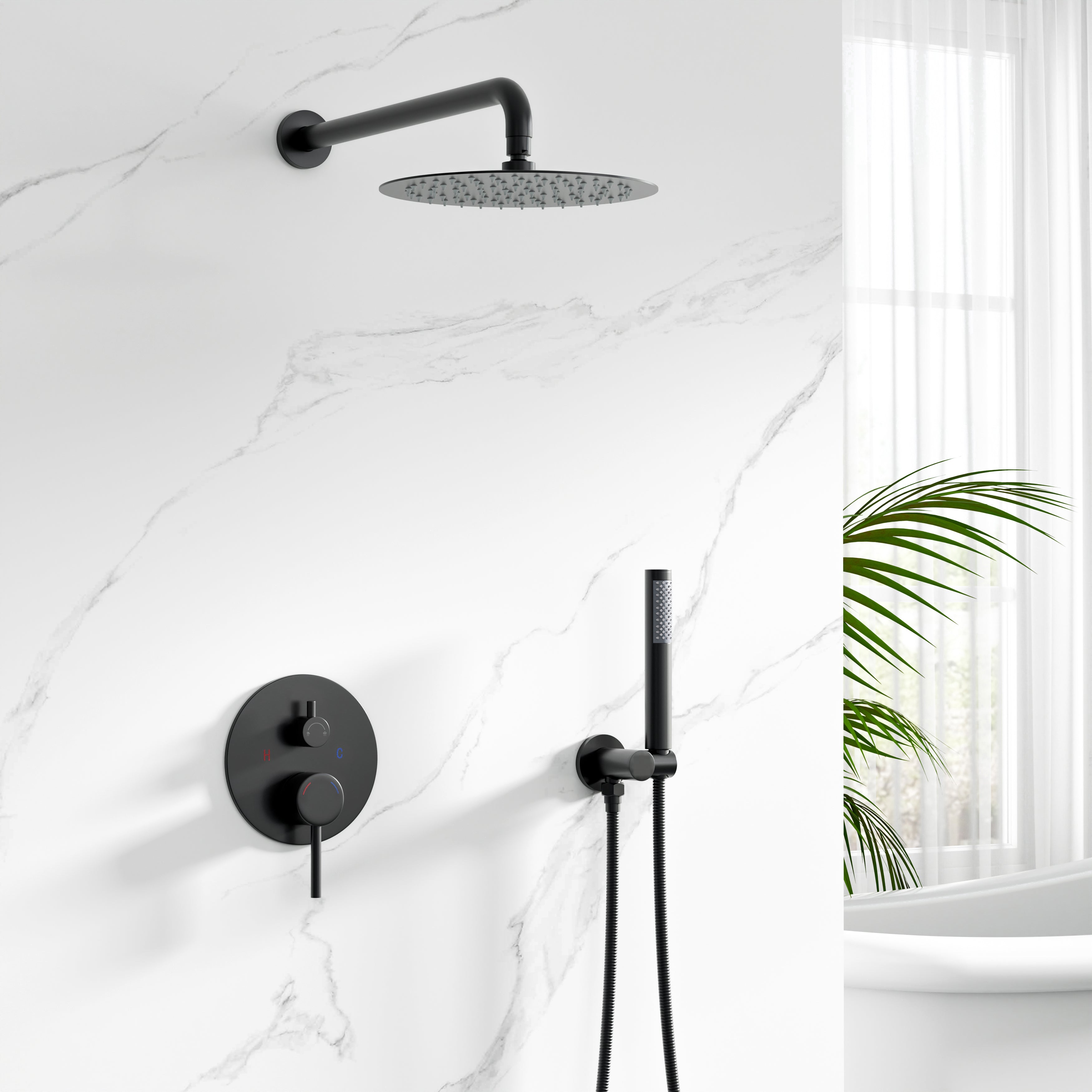
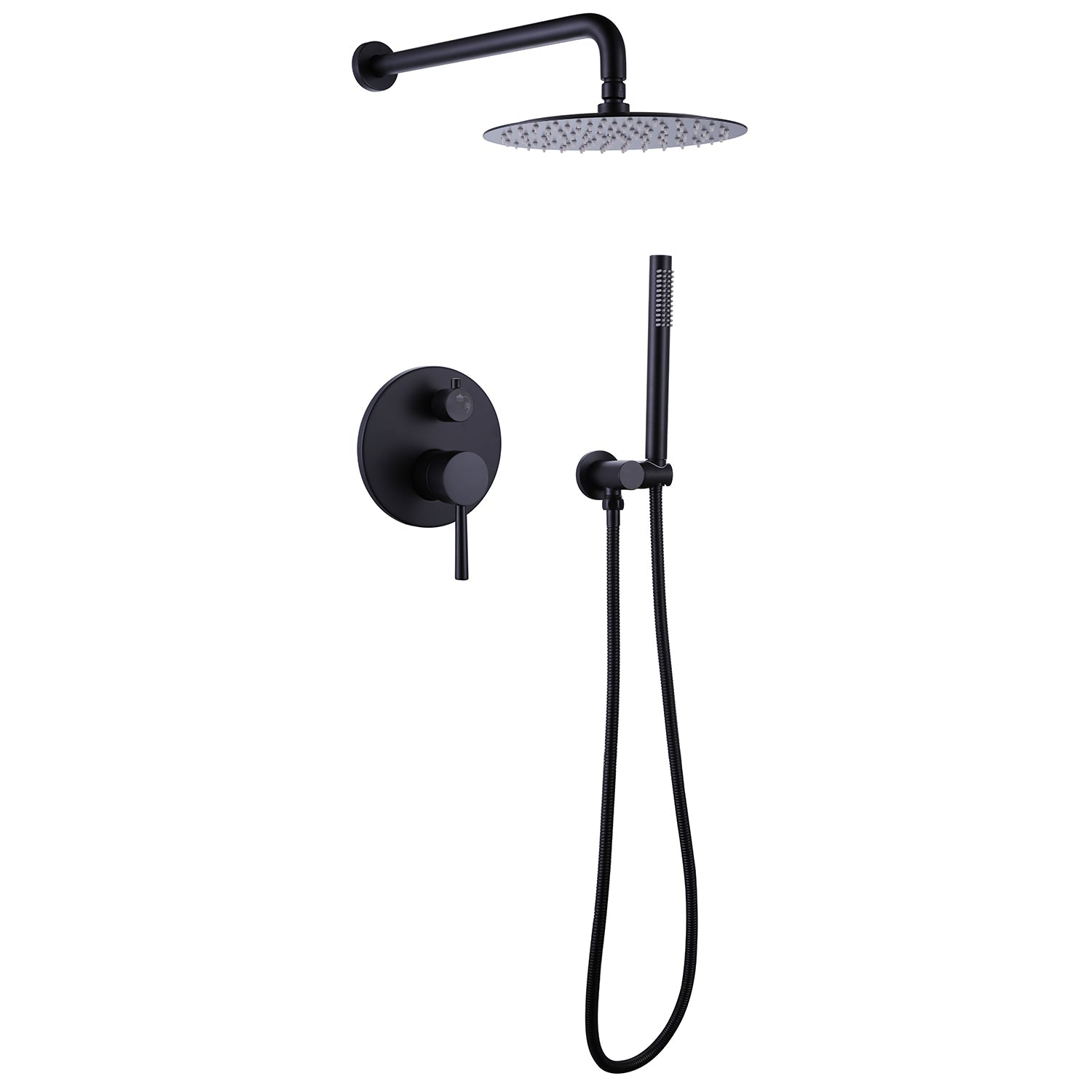


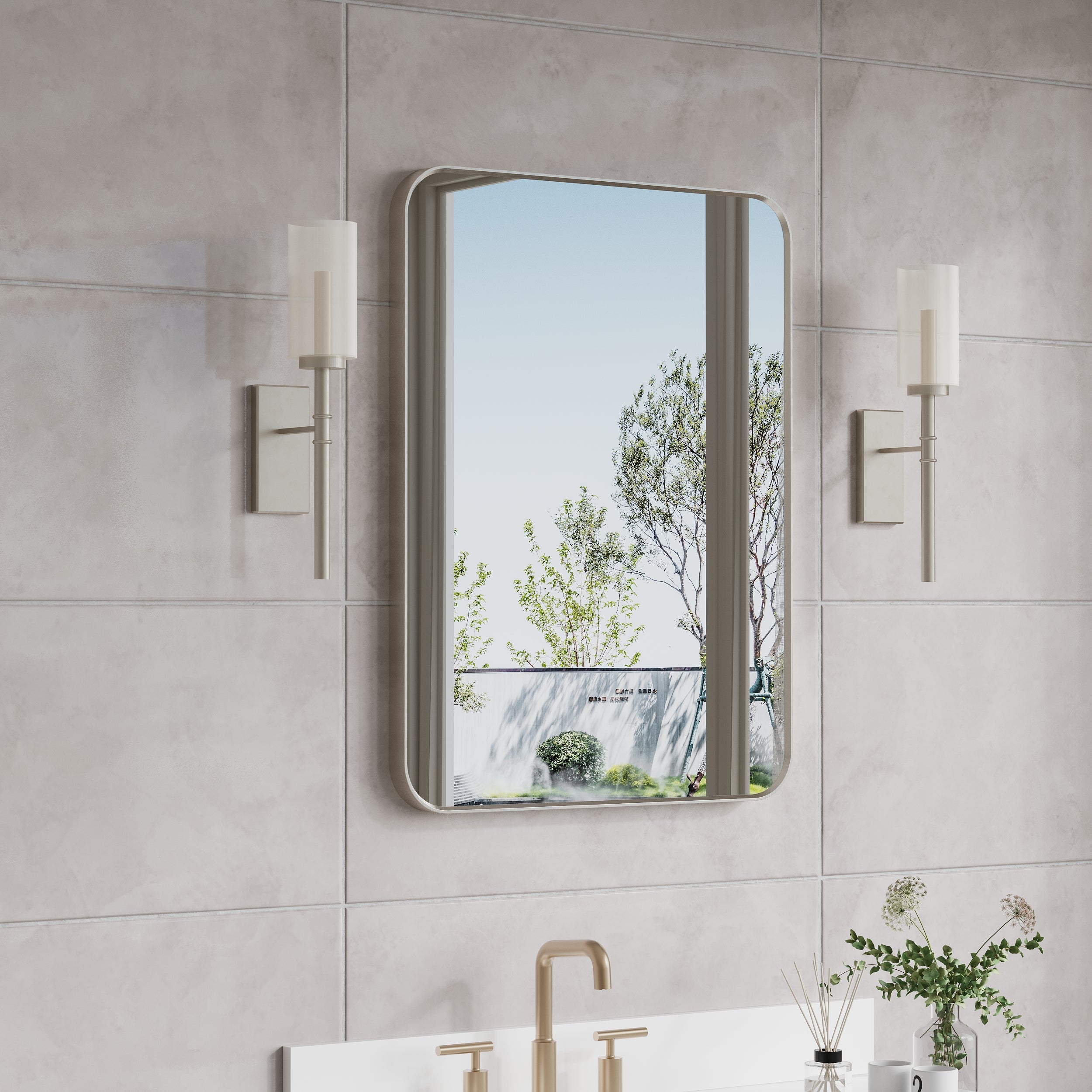
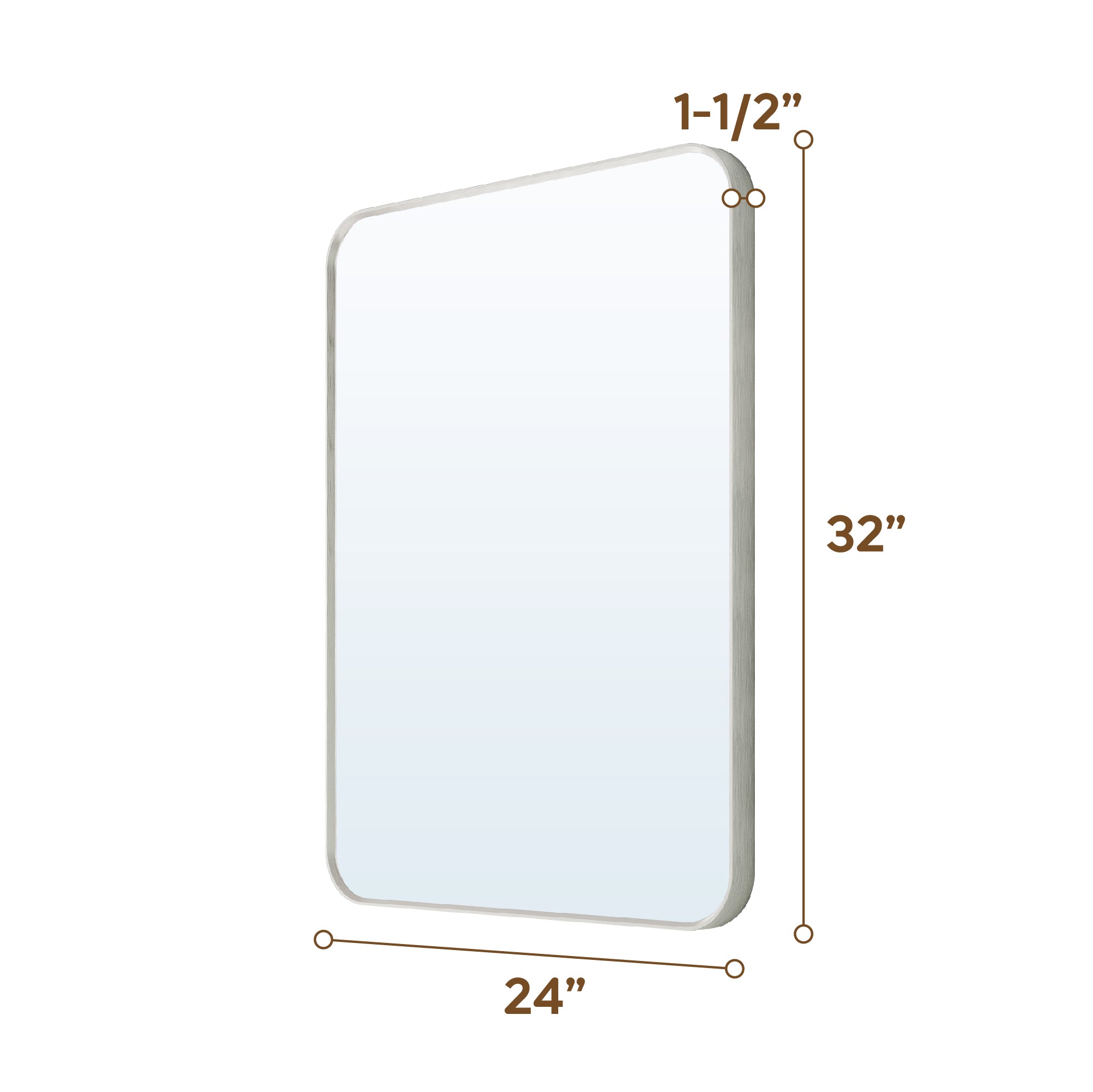
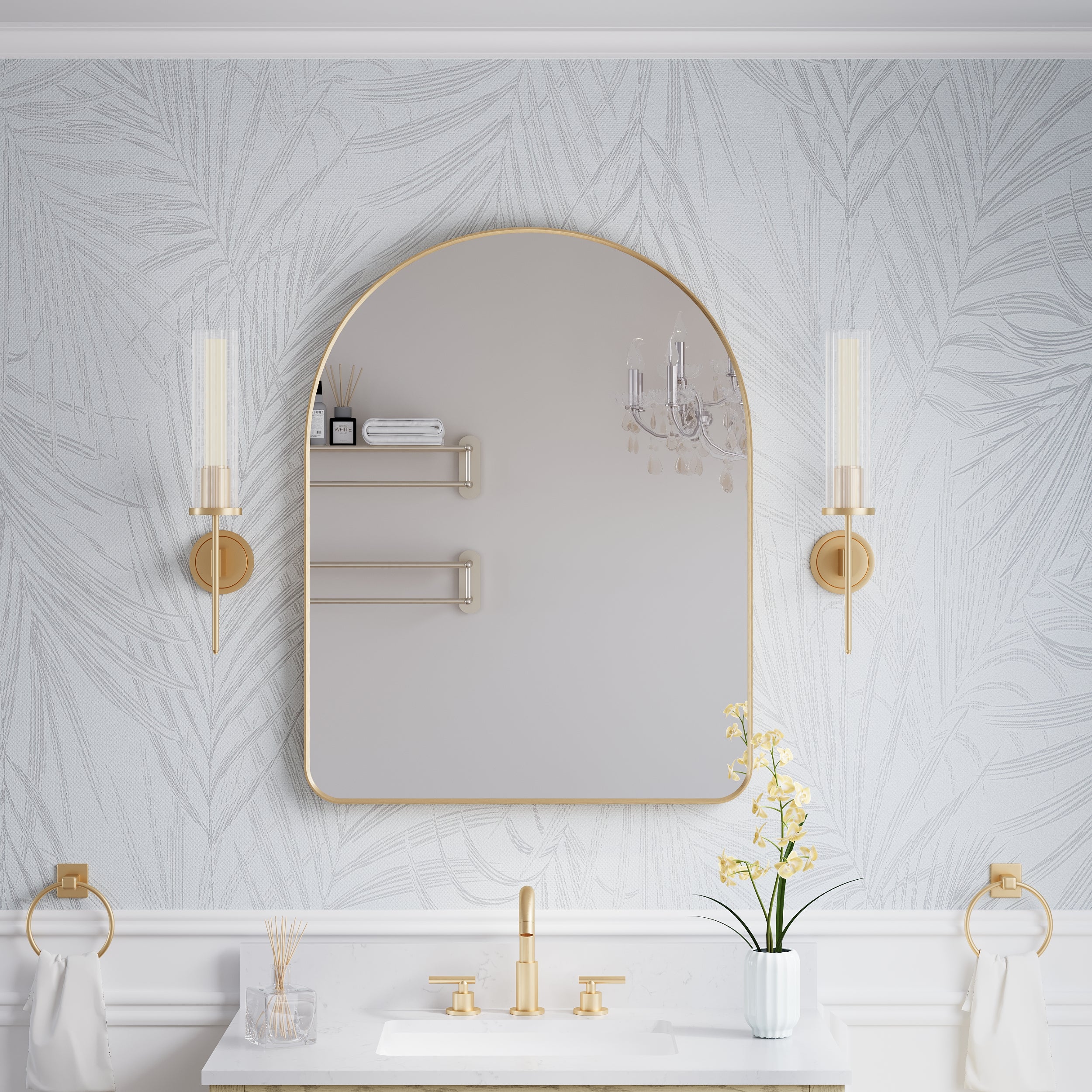


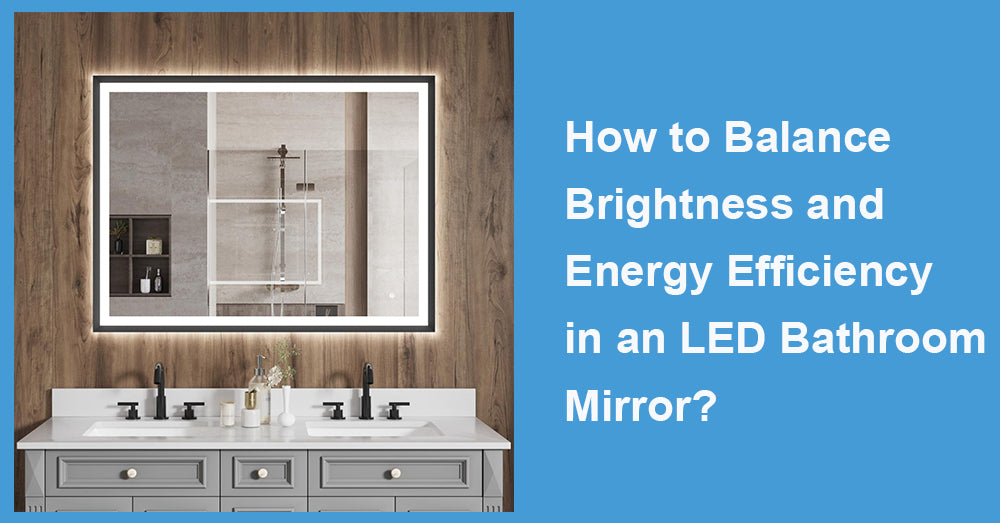
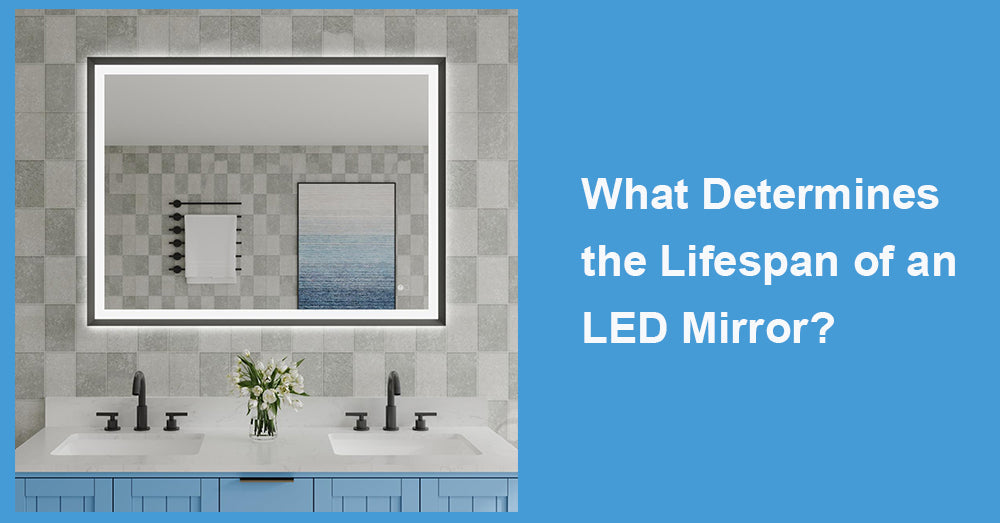
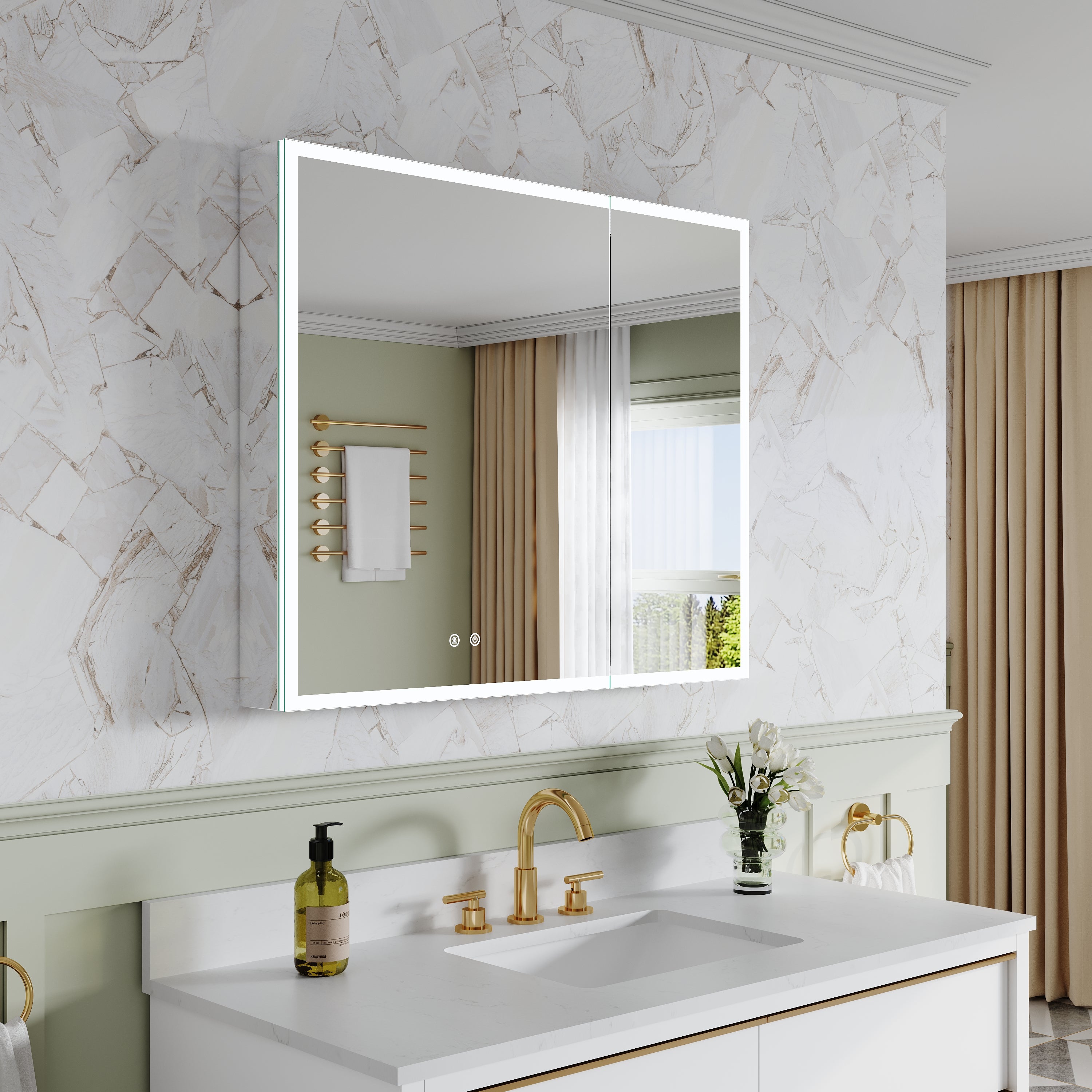
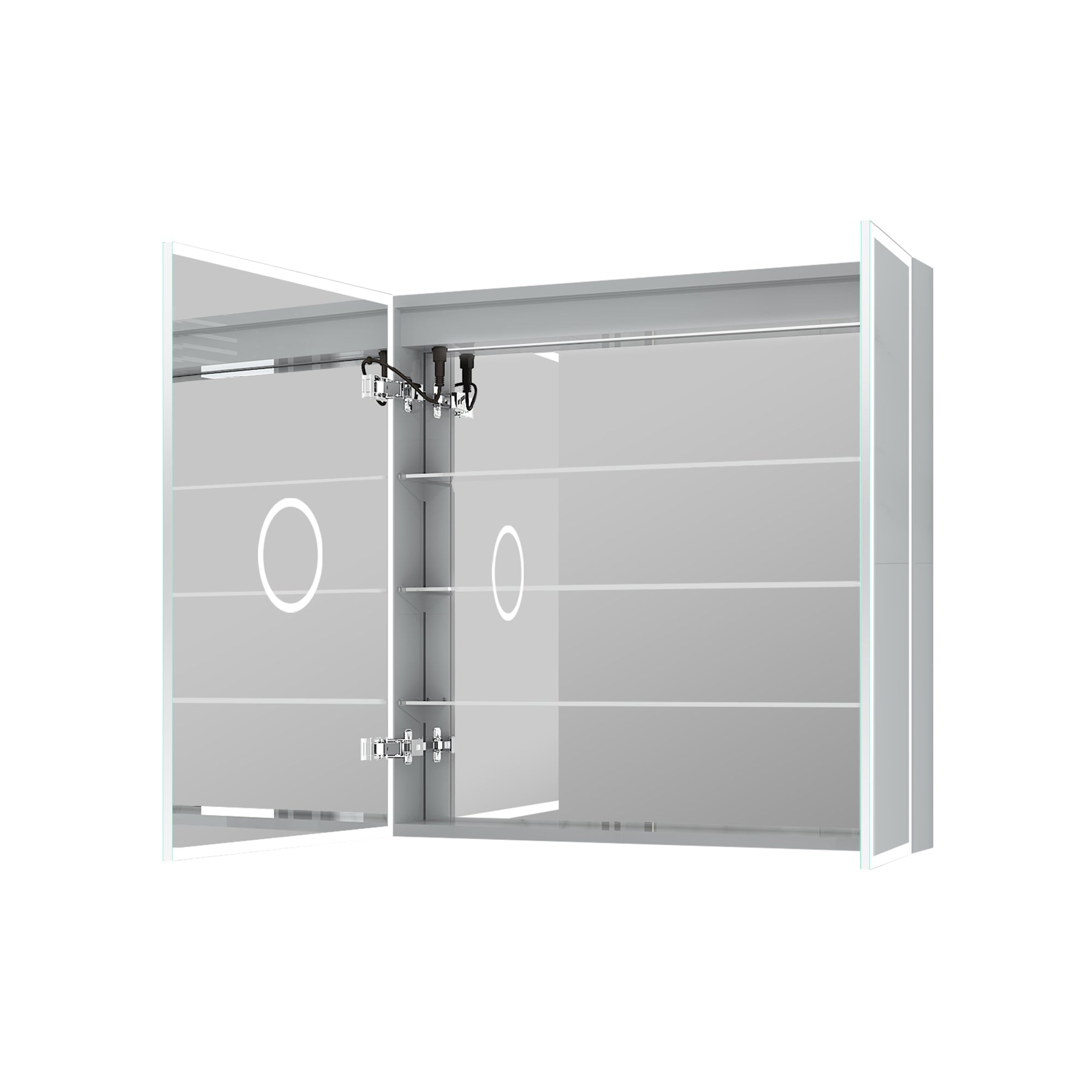
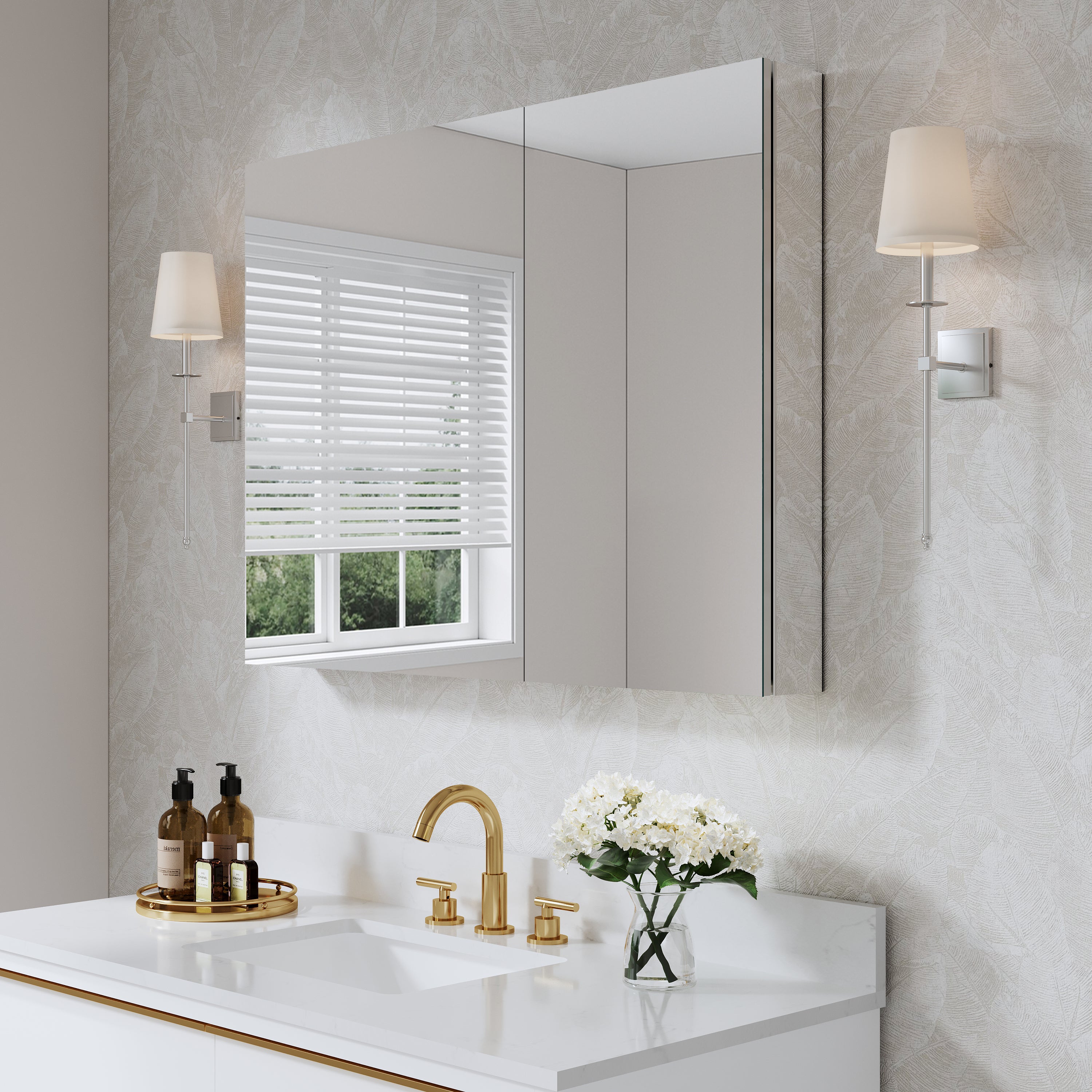

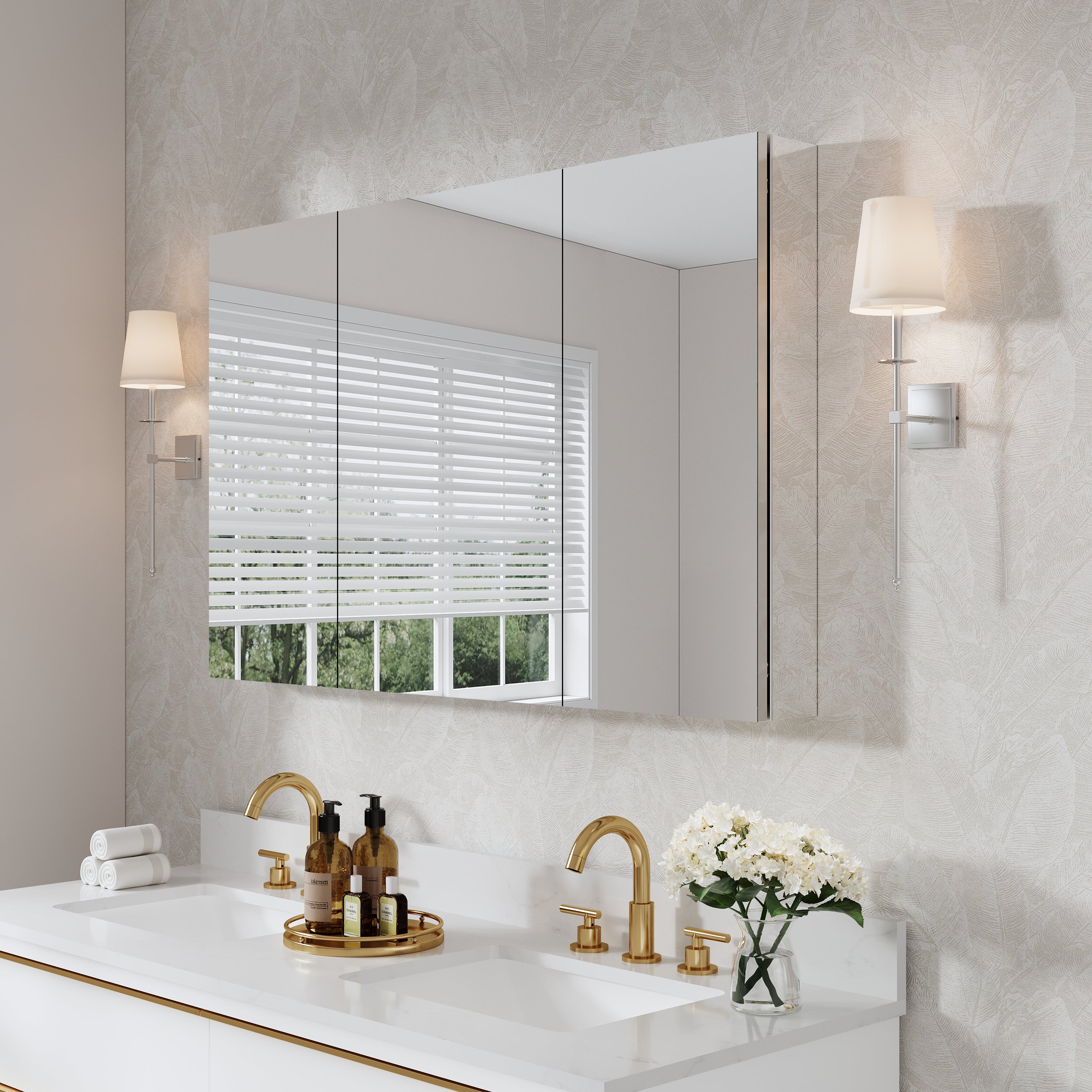
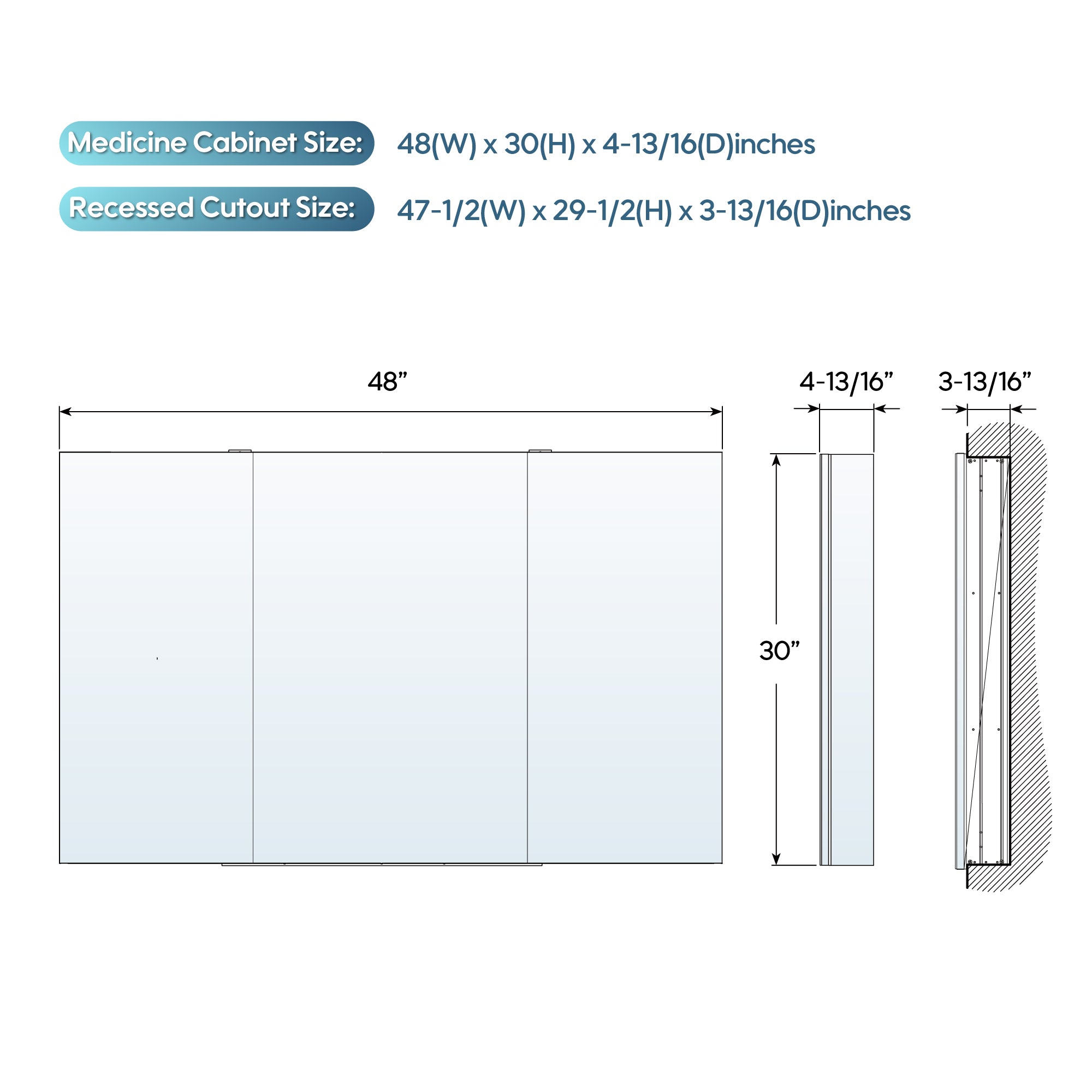
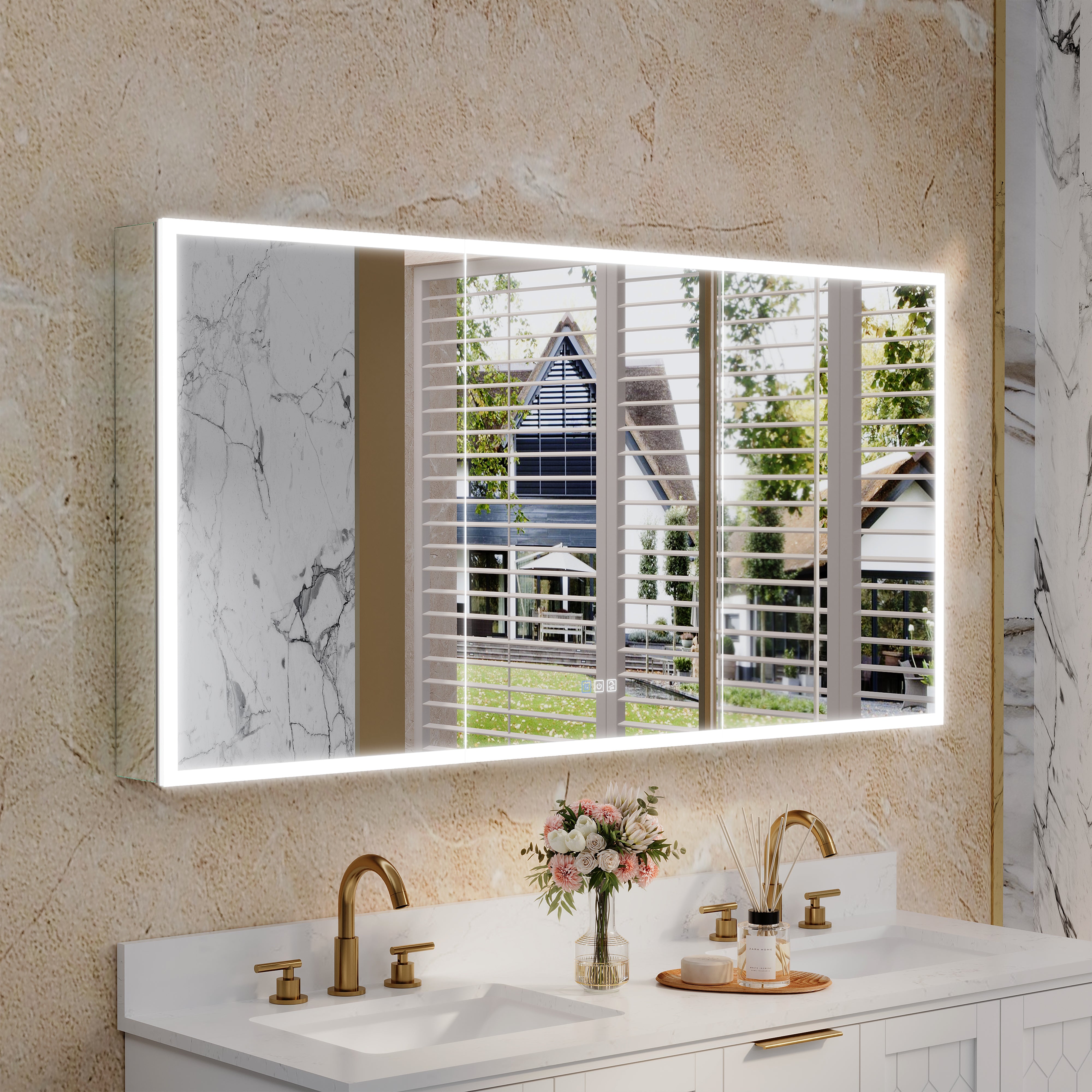
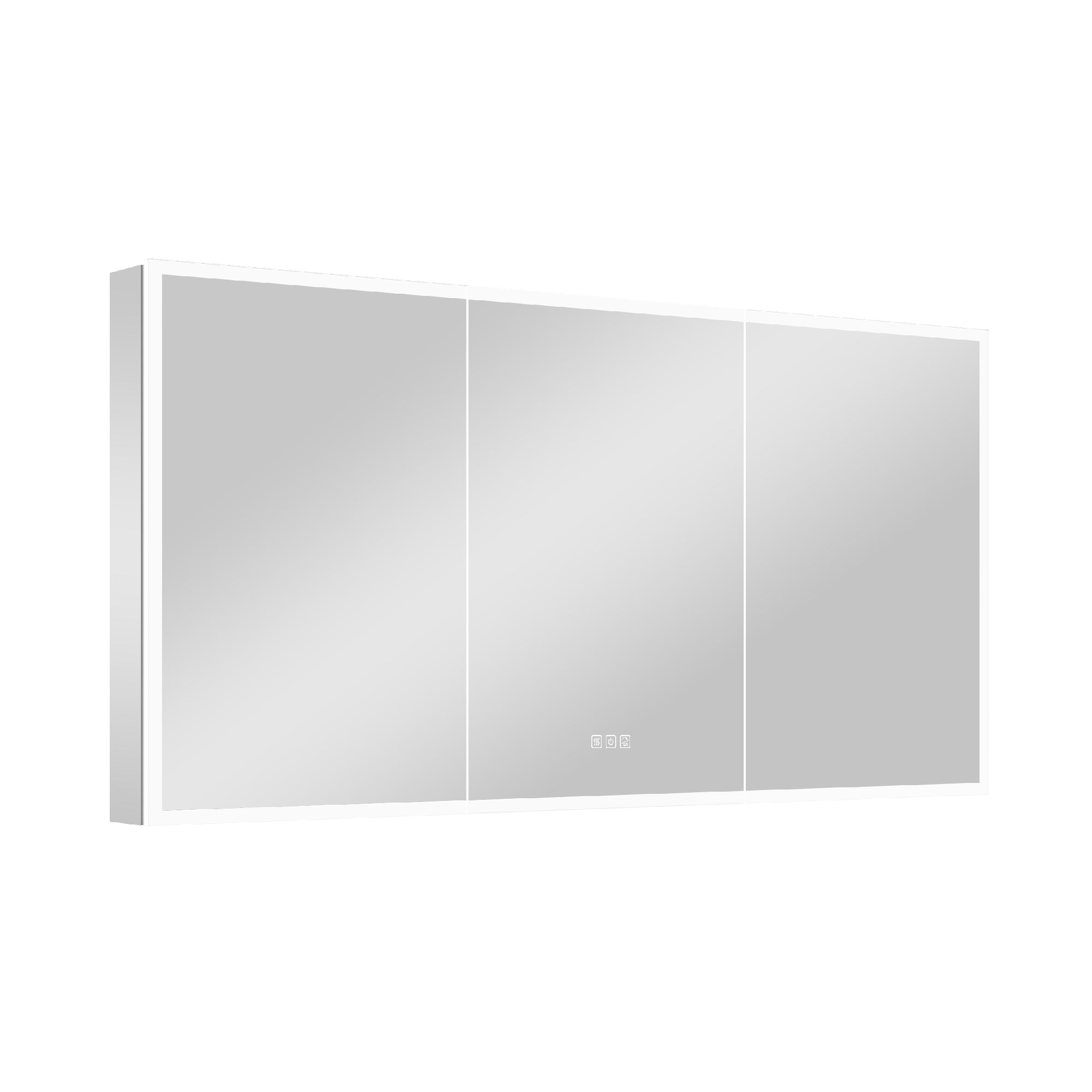
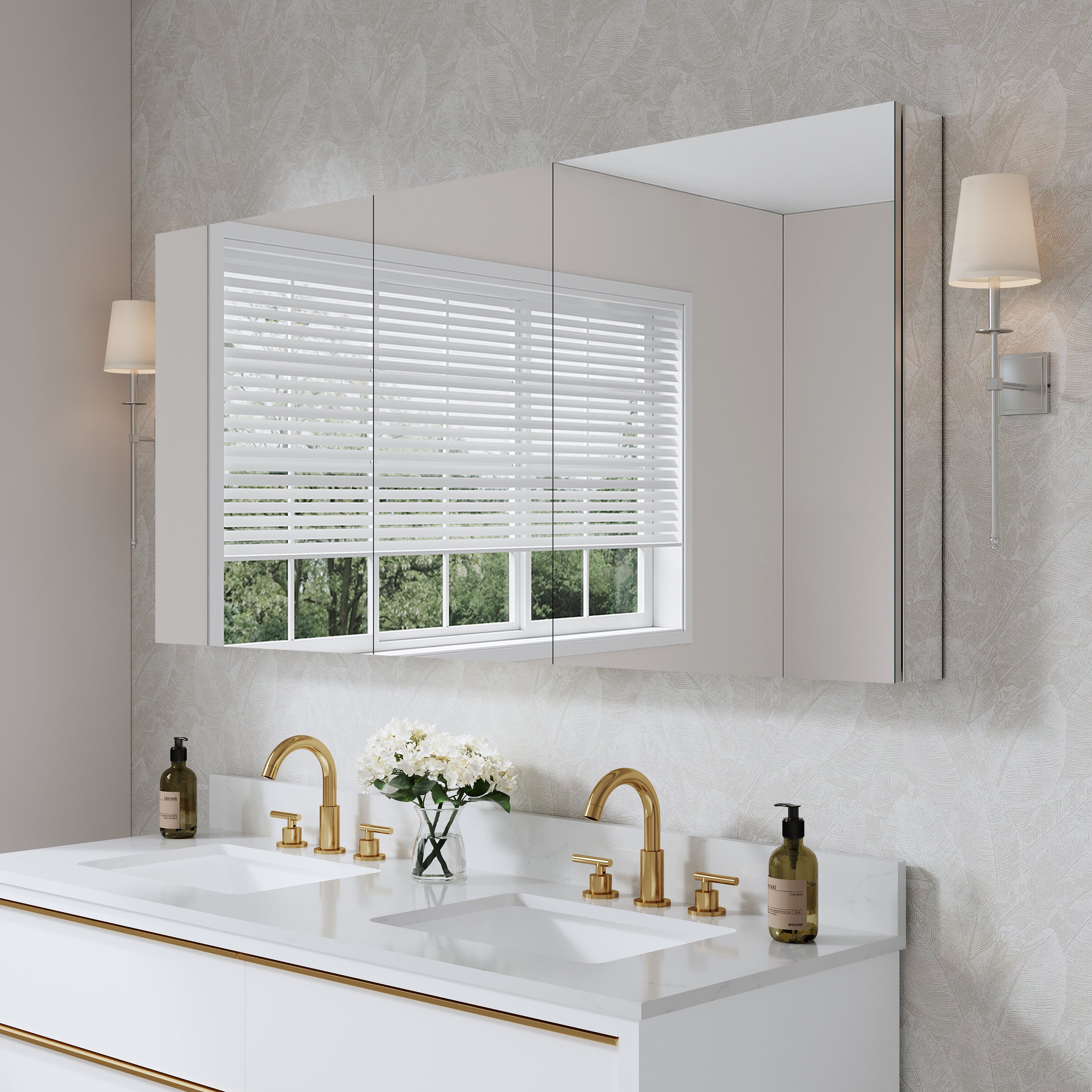

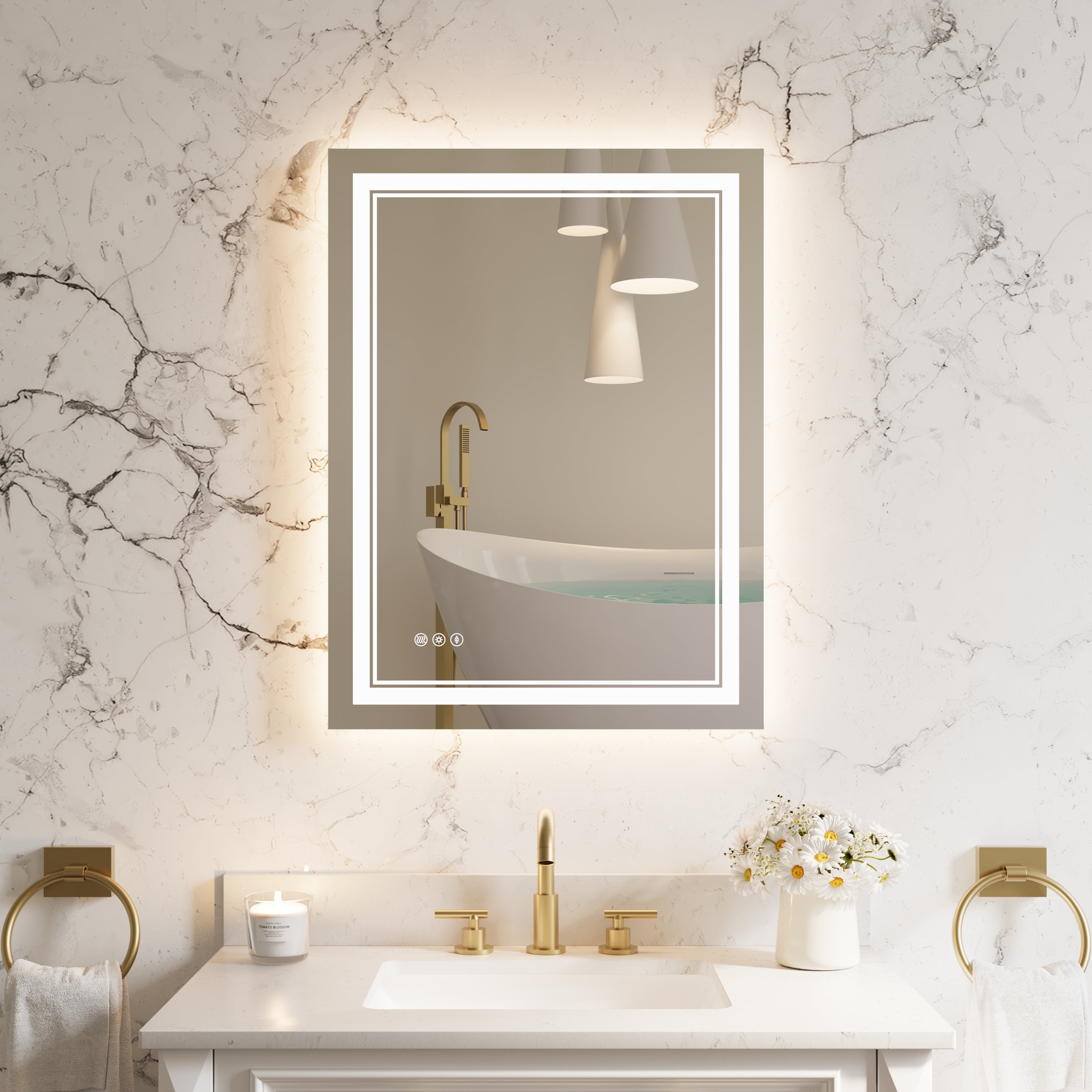
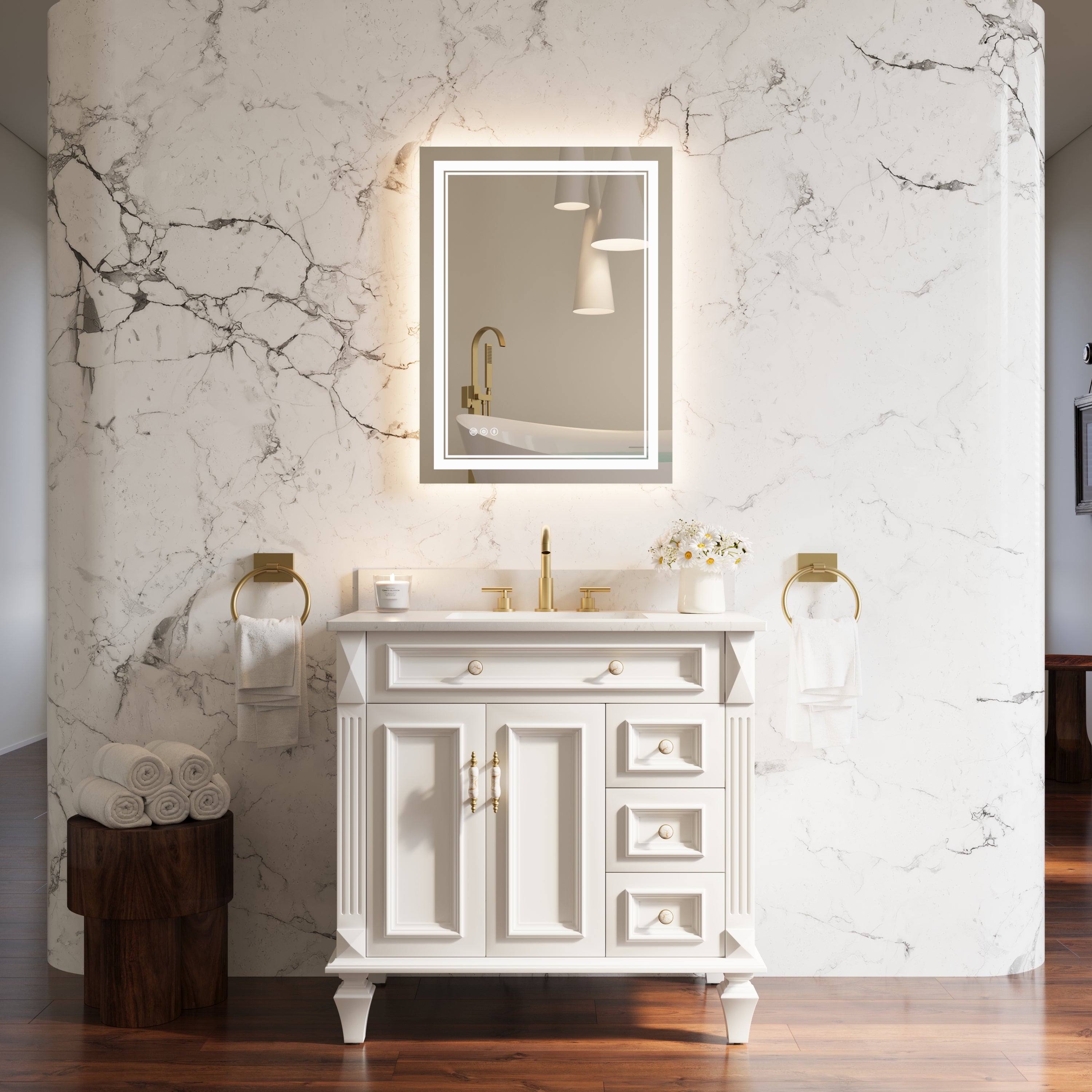
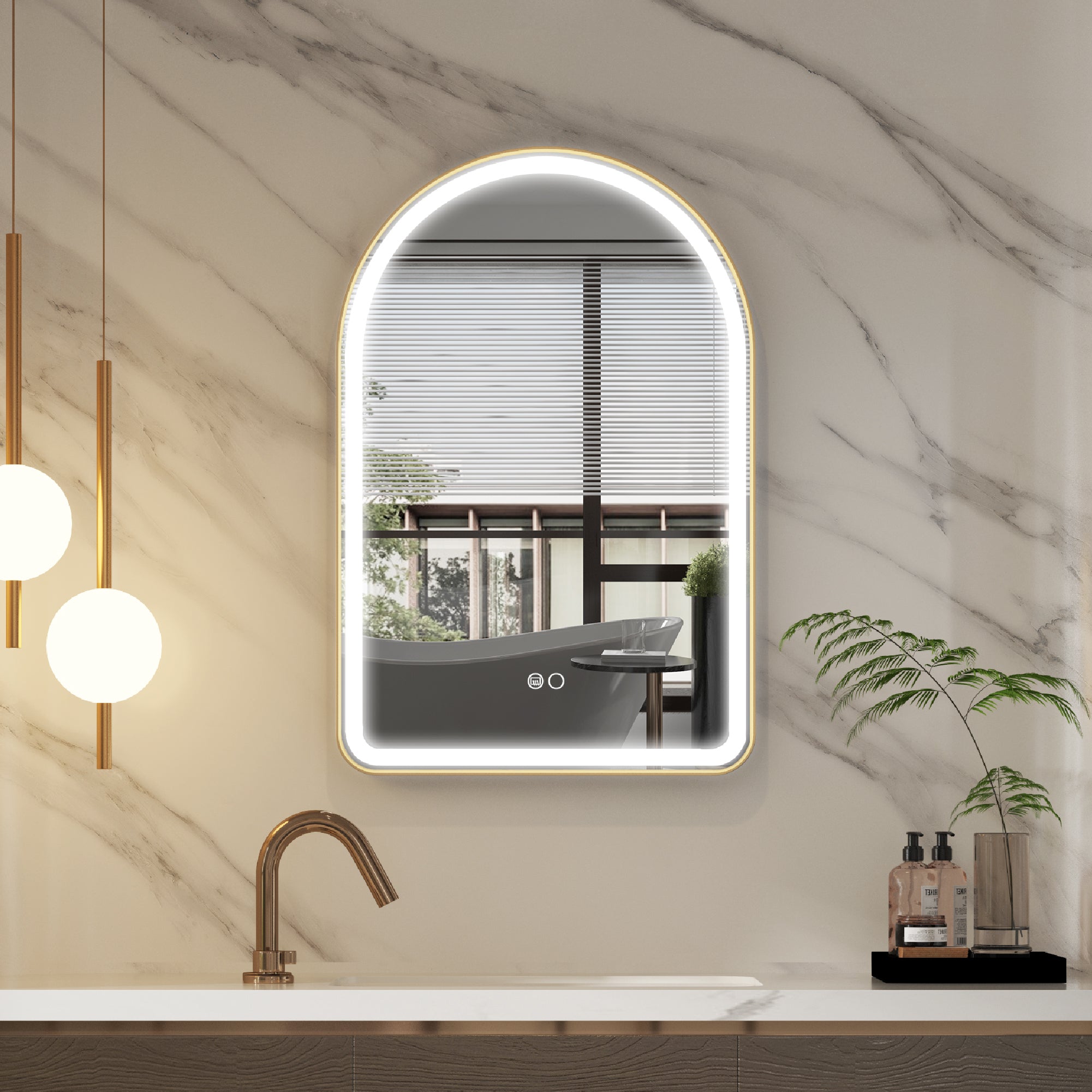
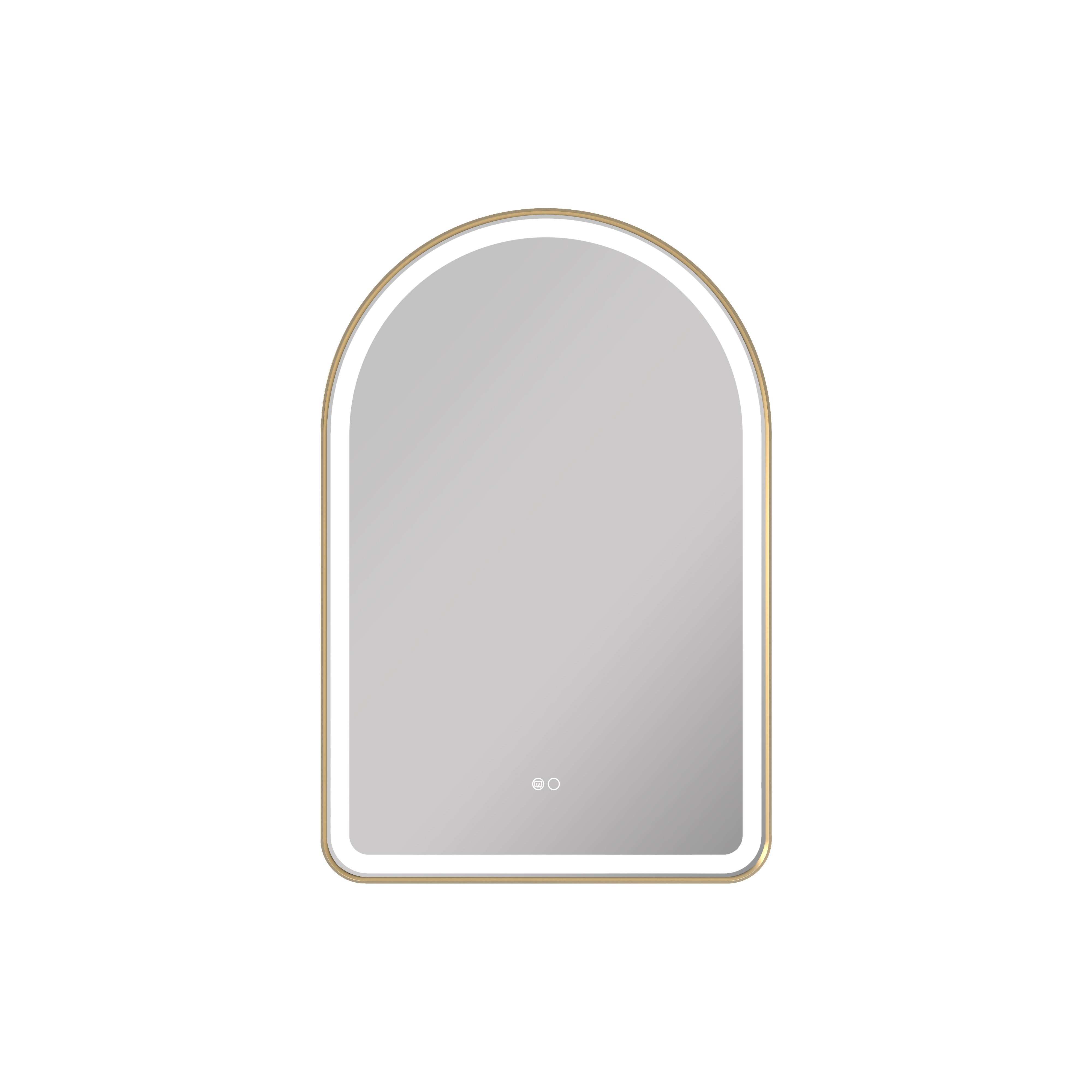
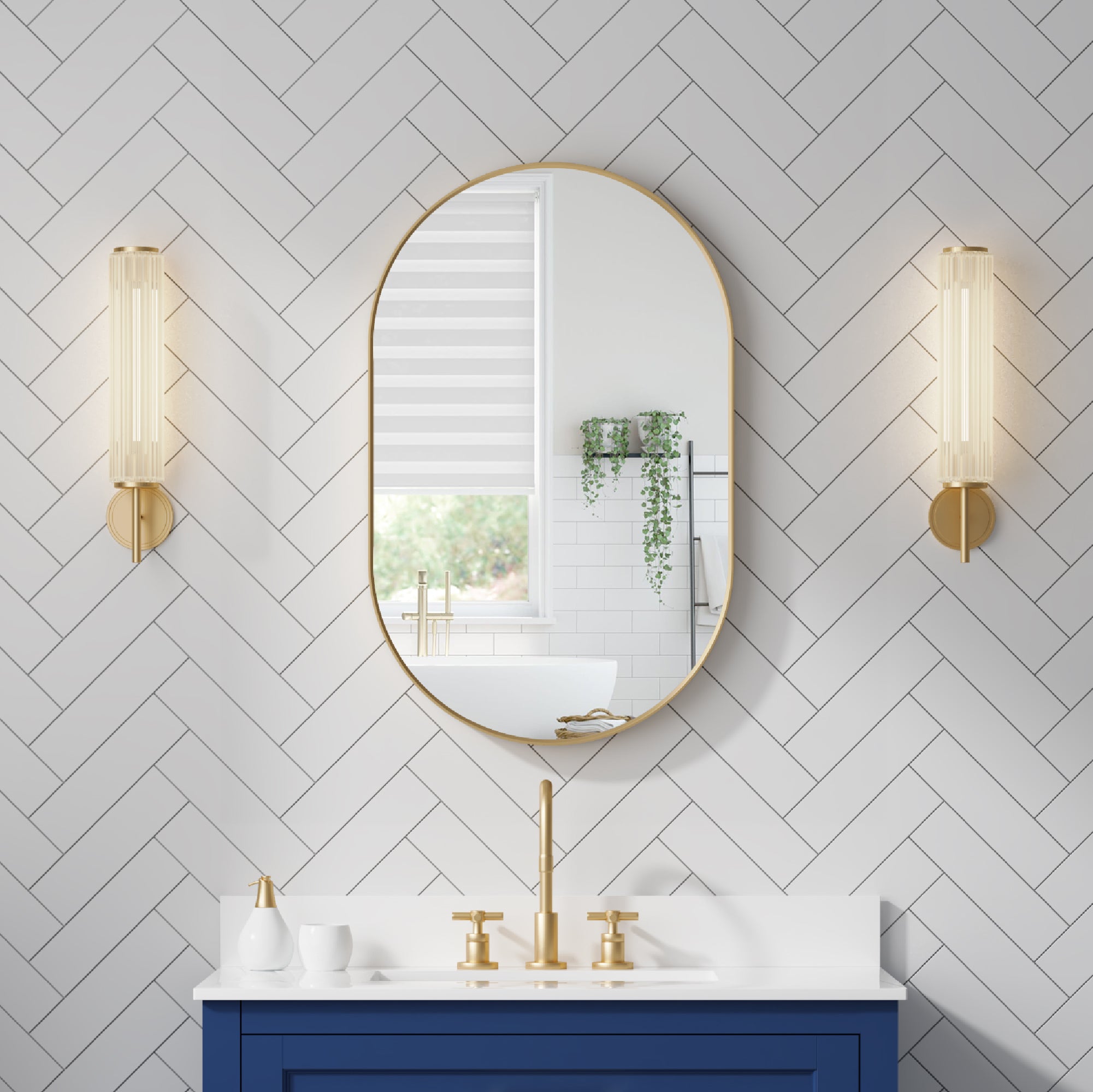
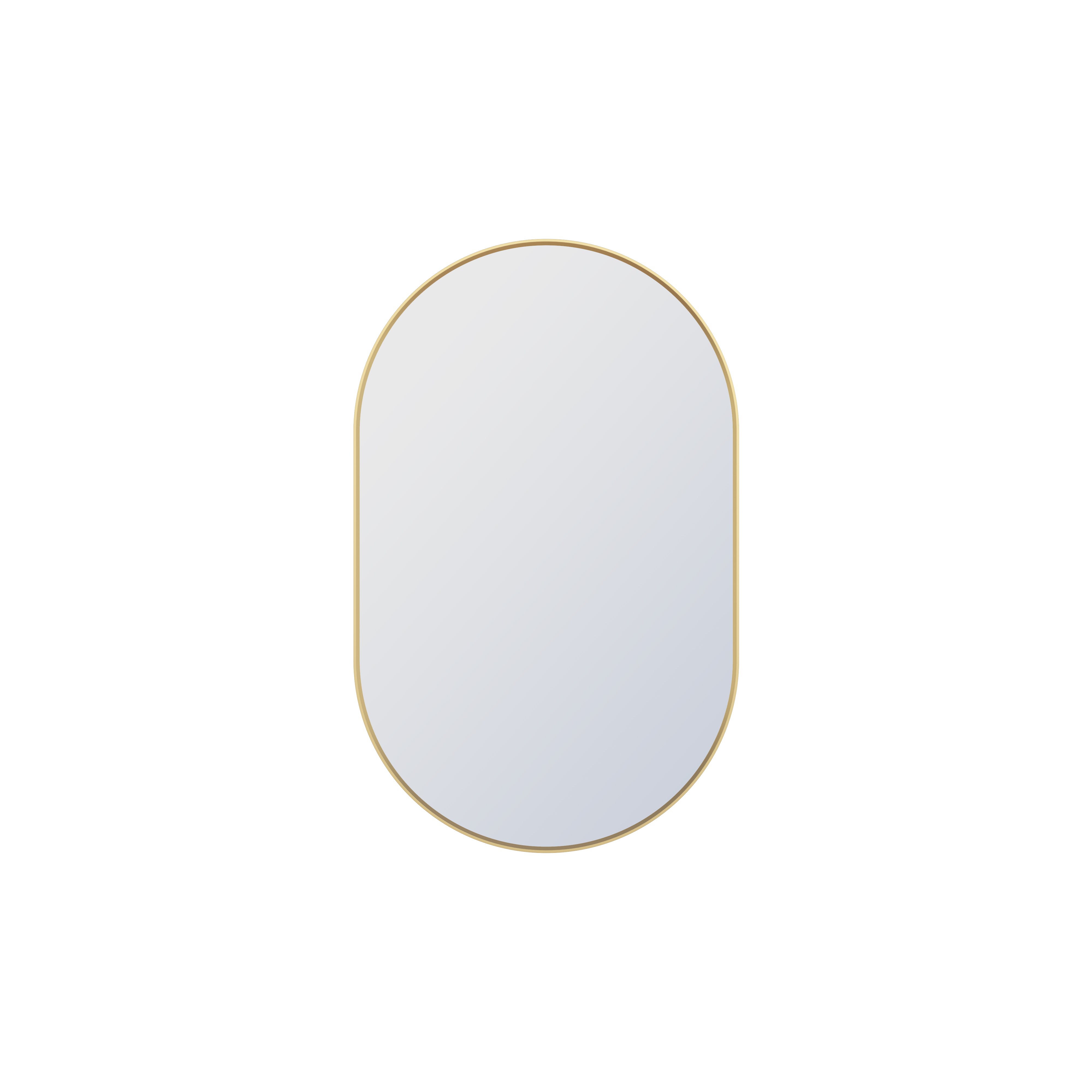


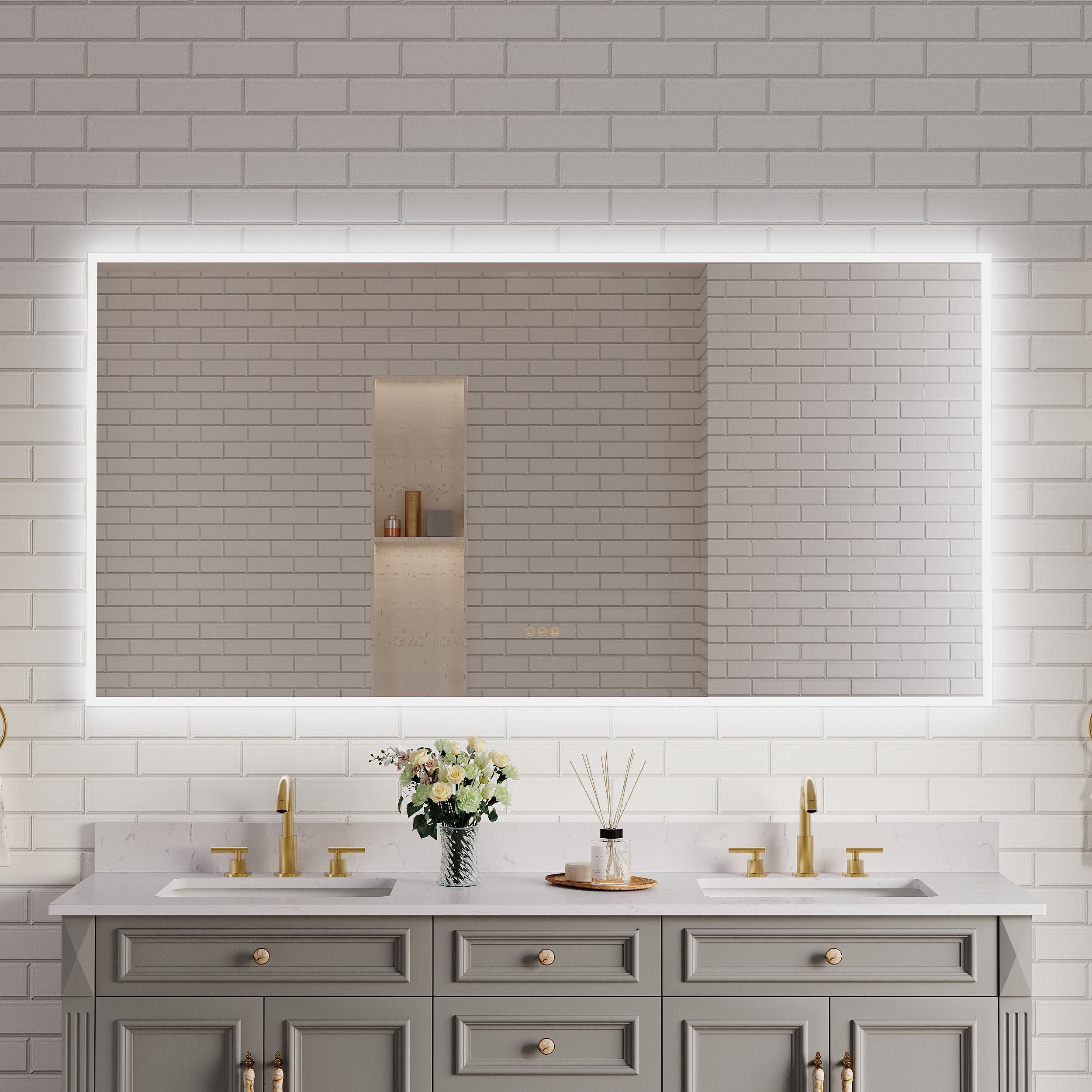





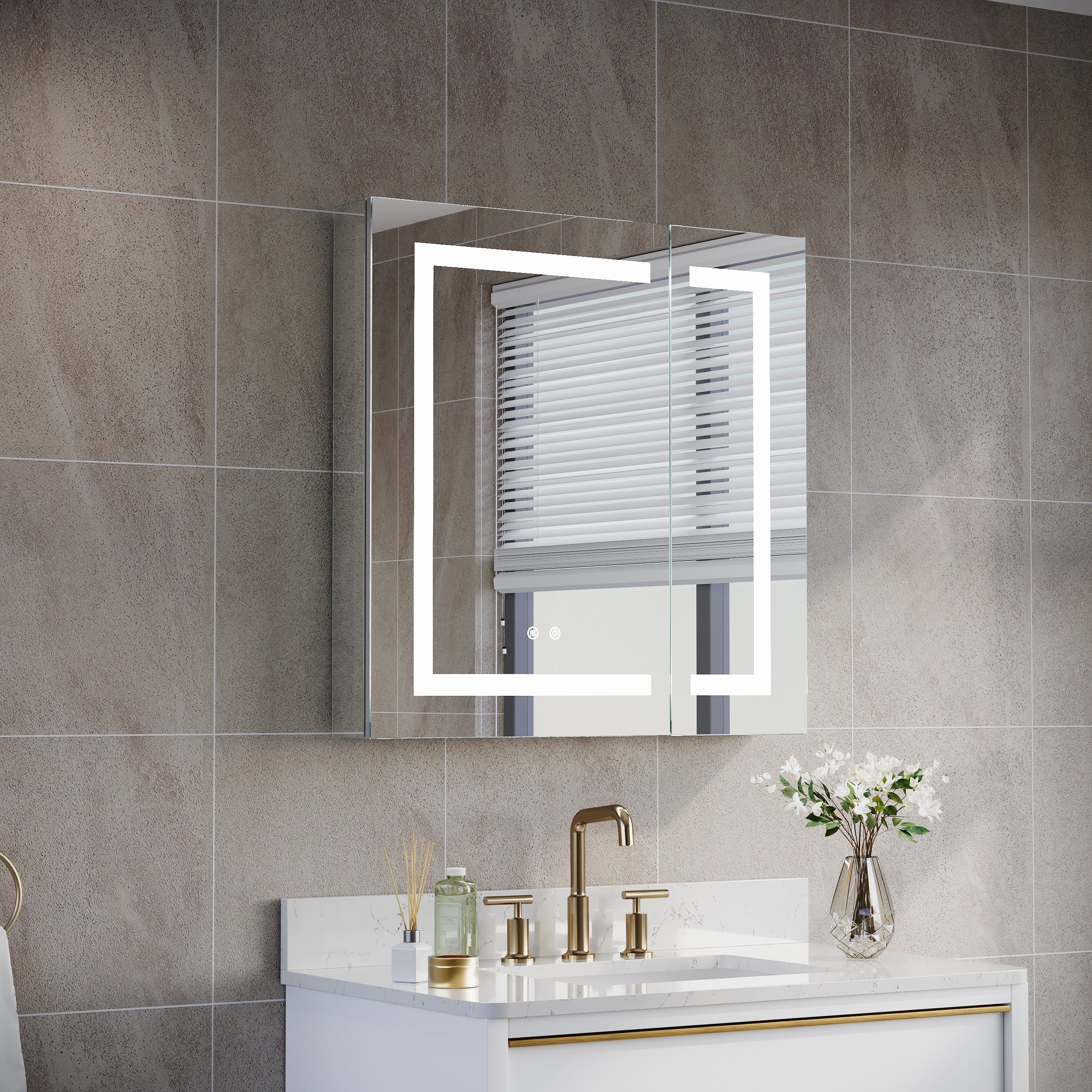
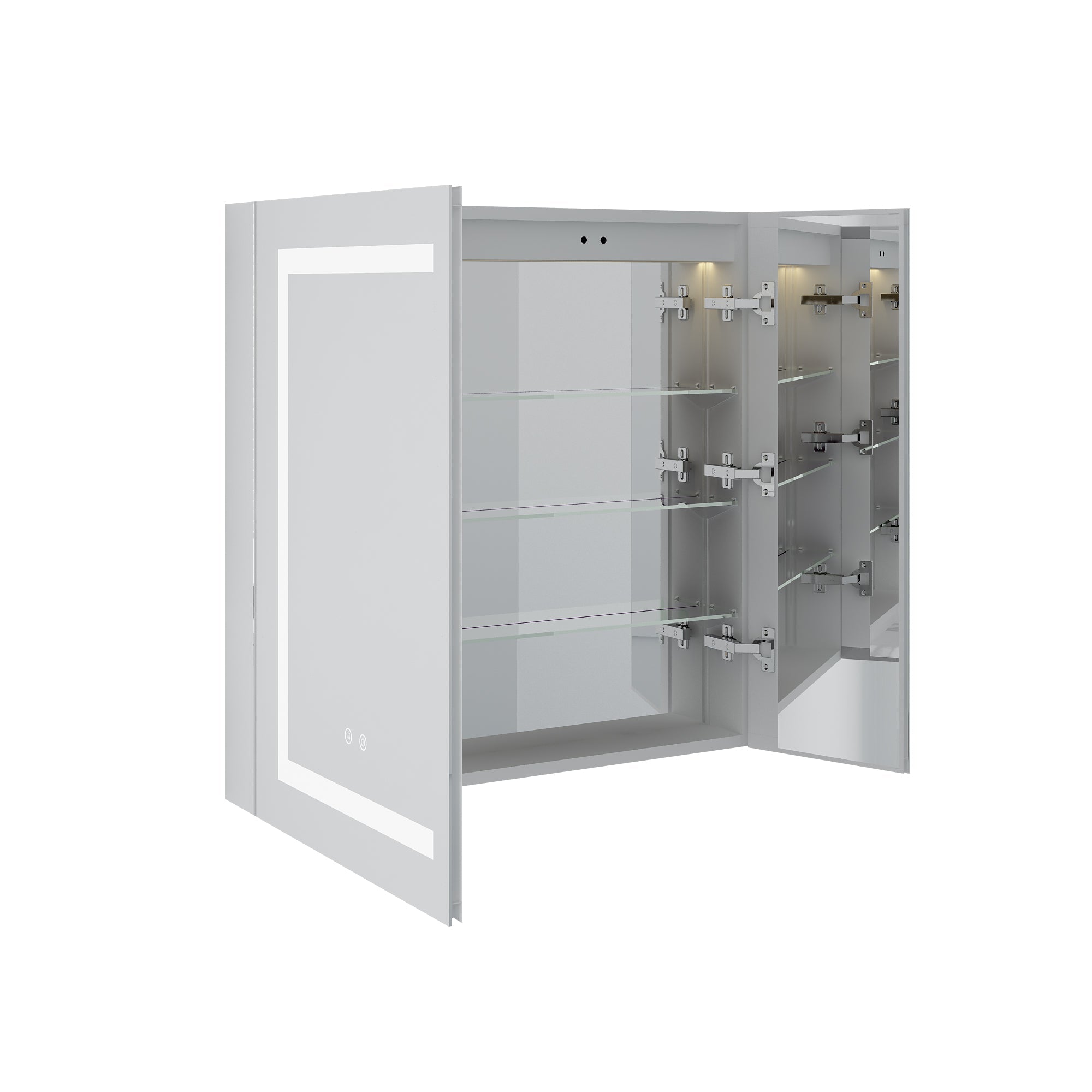




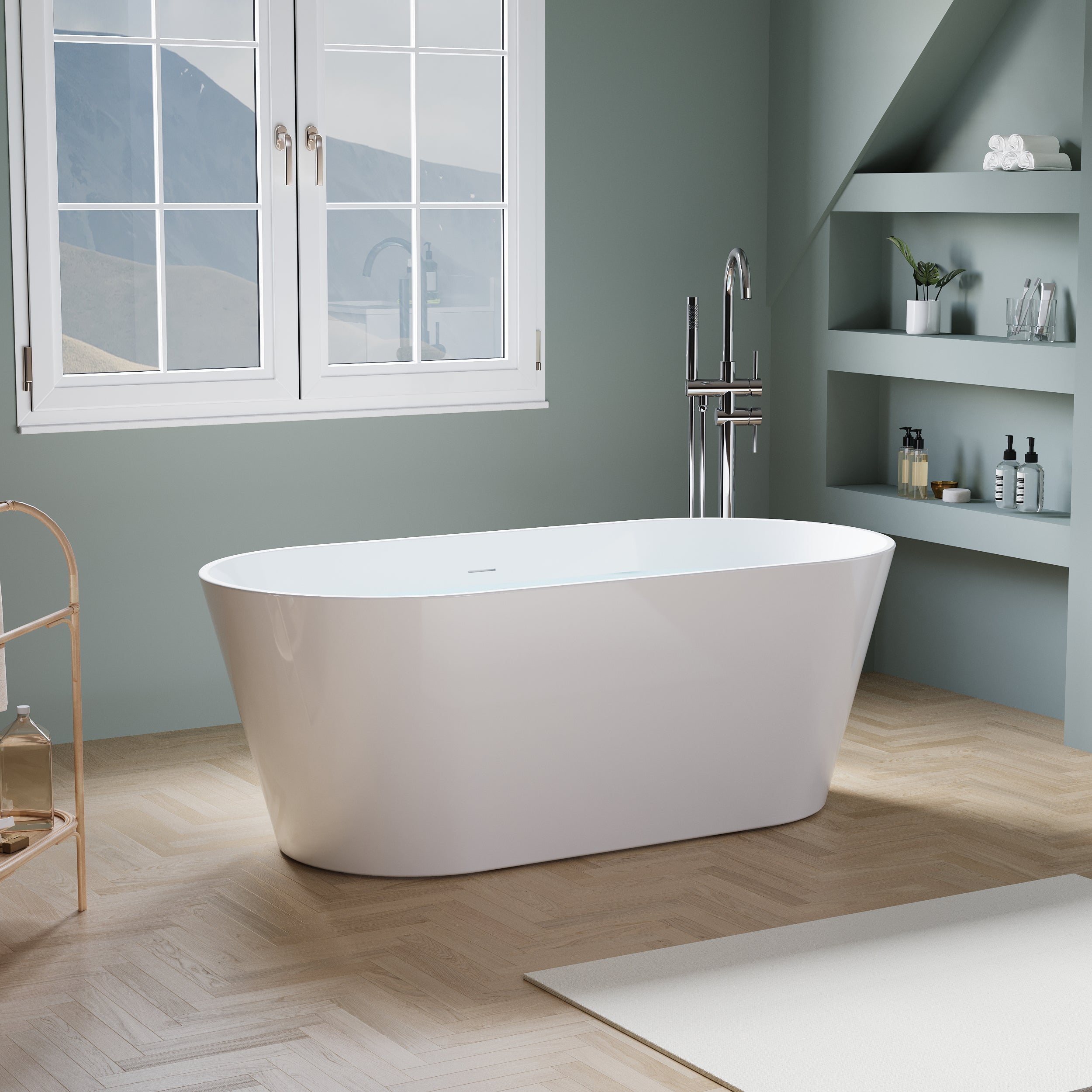
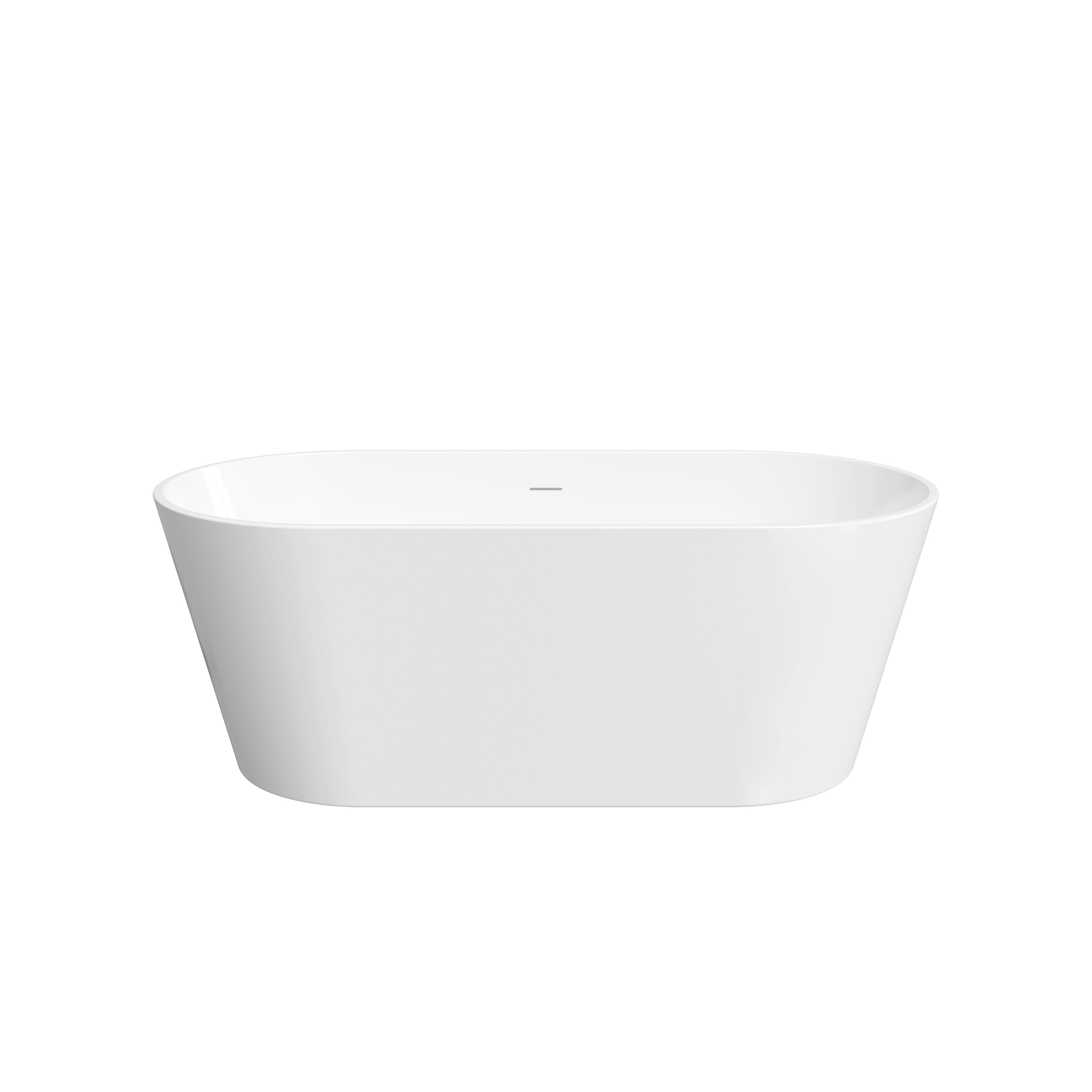


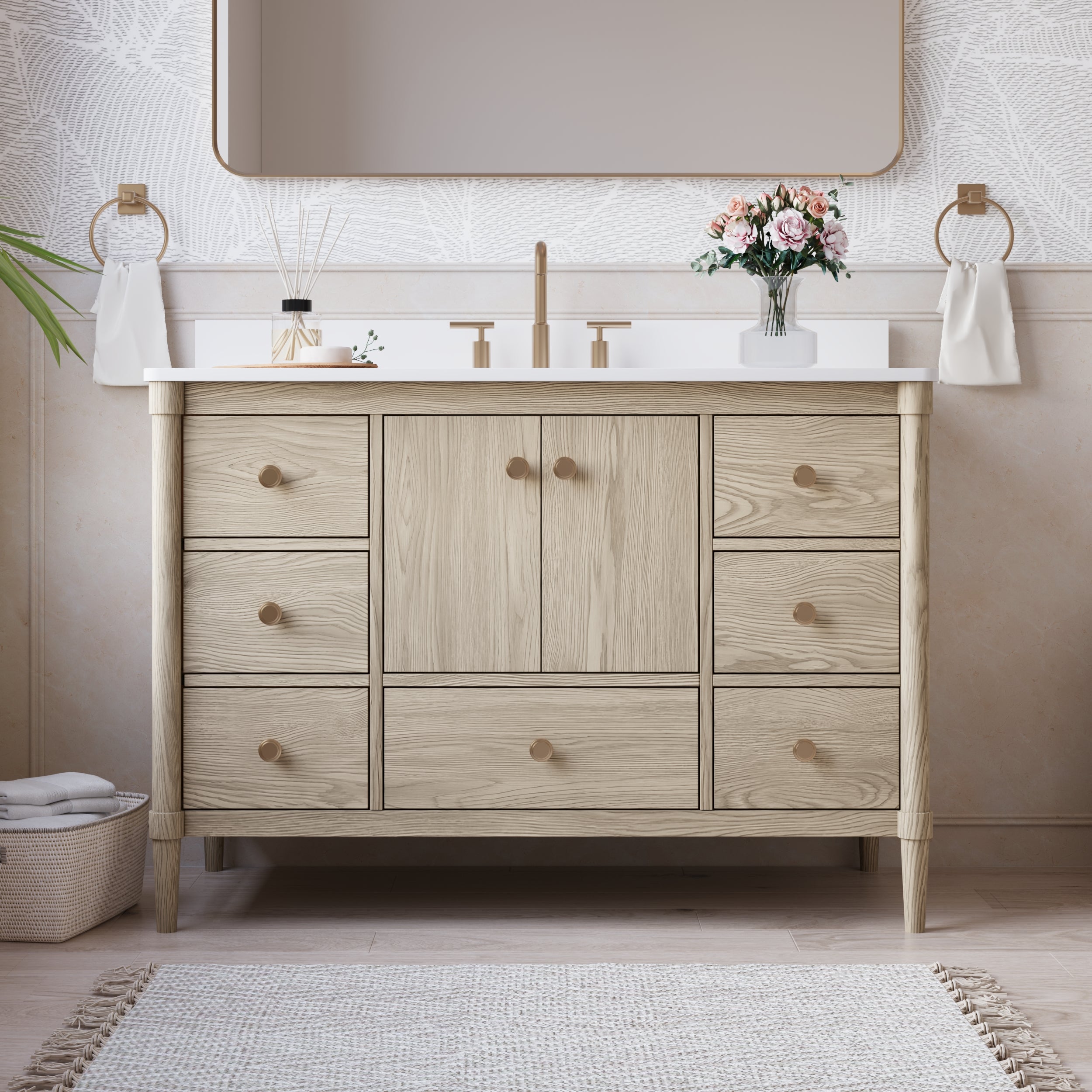
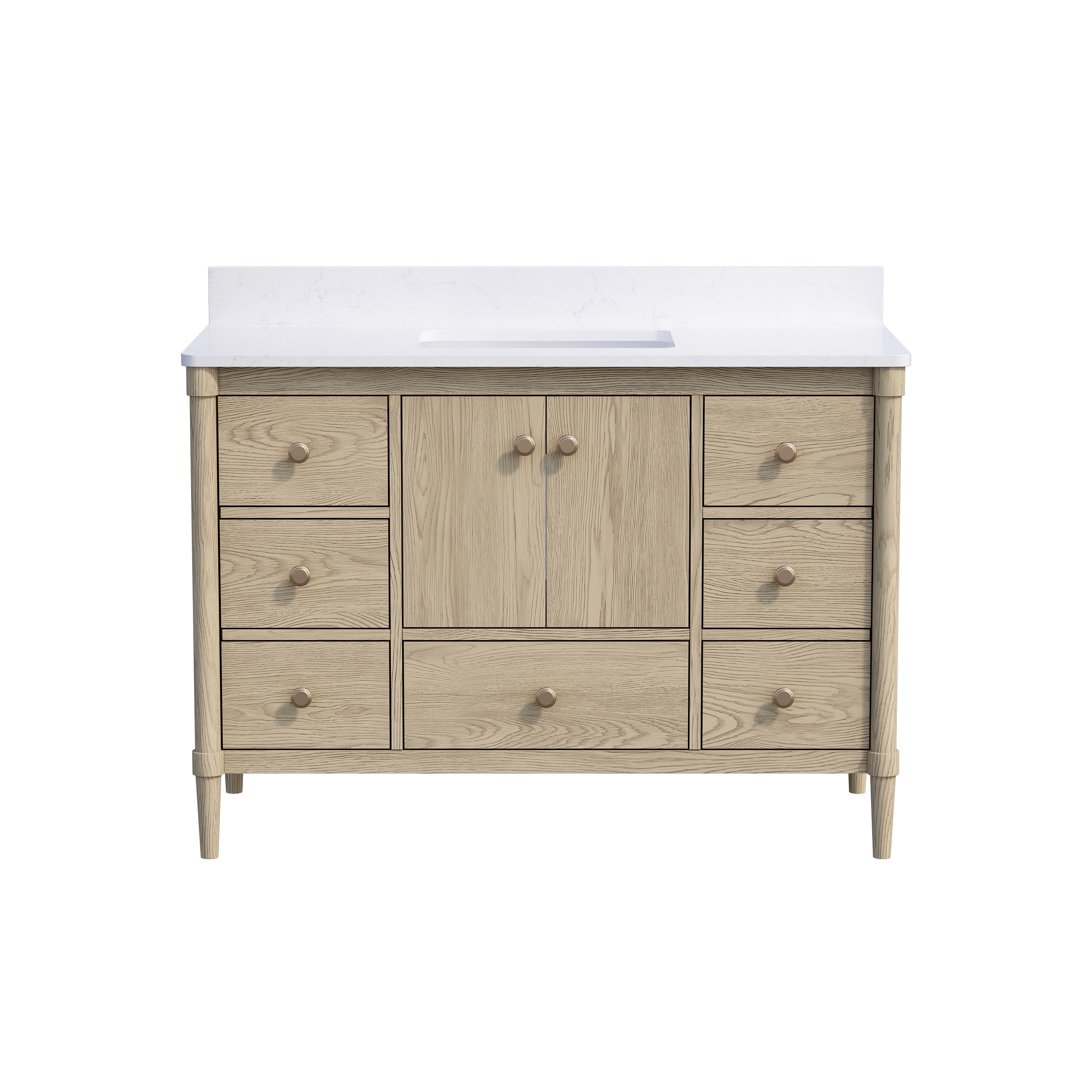
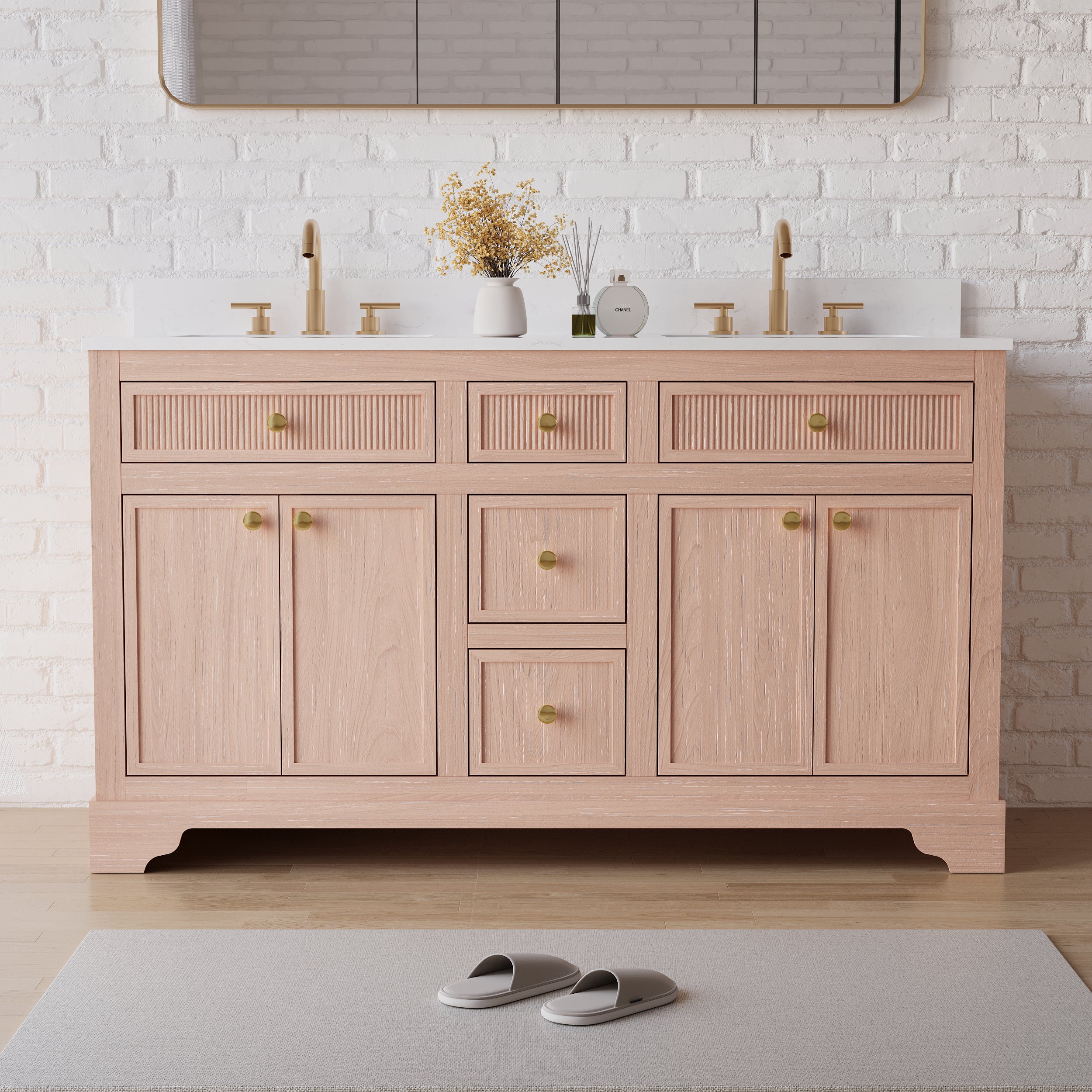
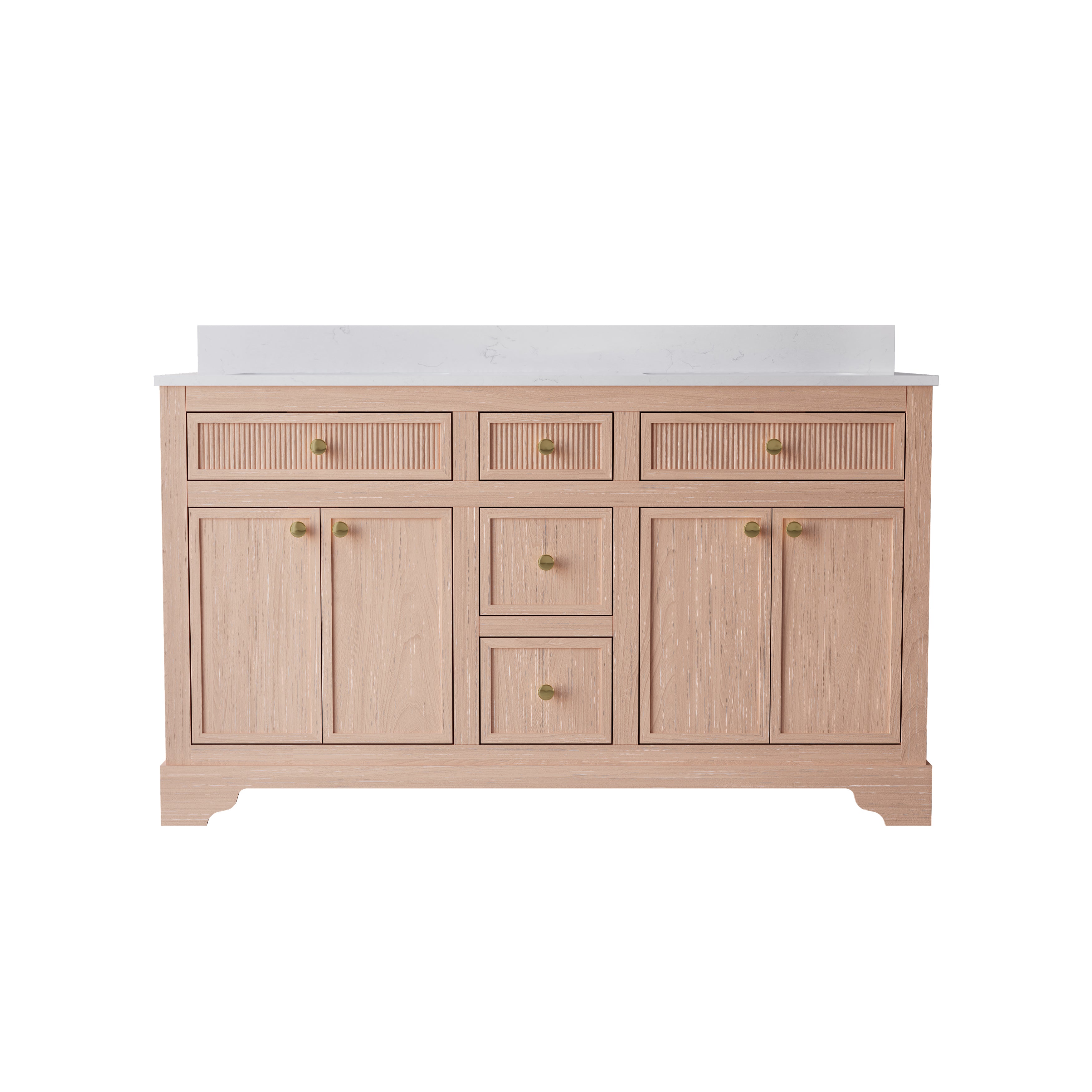
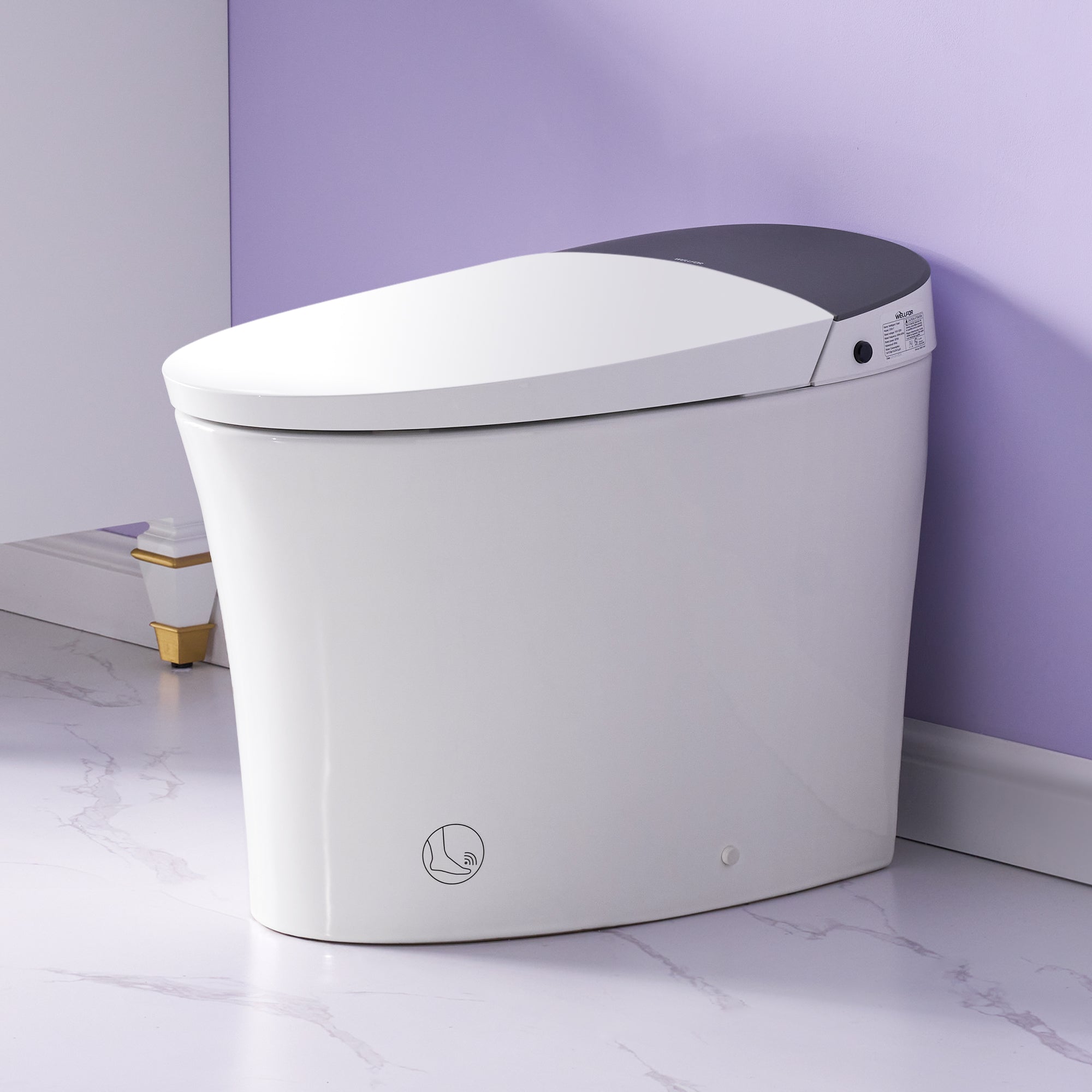
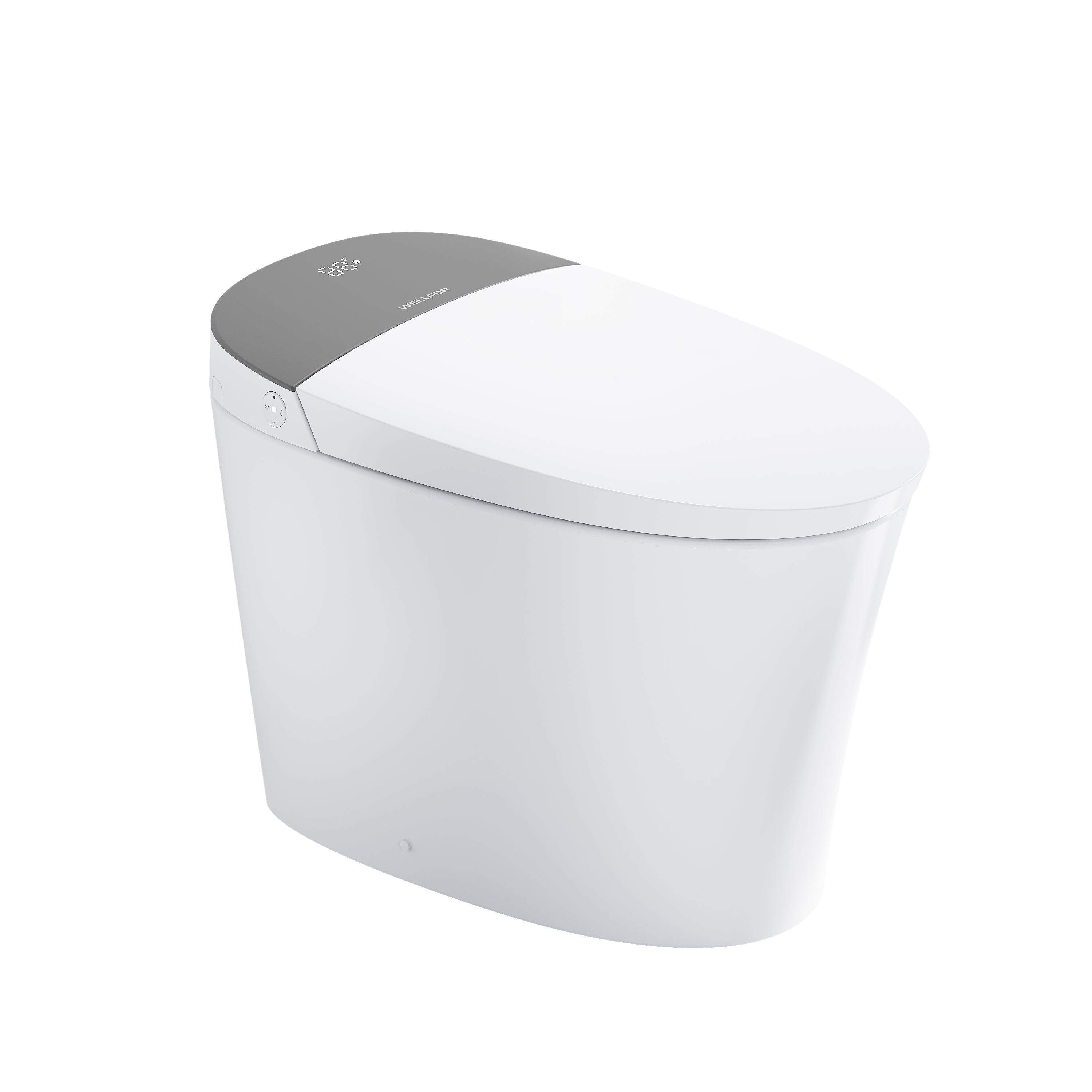
Leave a comment
This site is protected by hCaptcha and the hCaptcha Privacy Policy and Terms of Service apply.